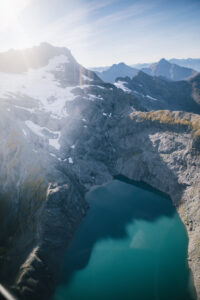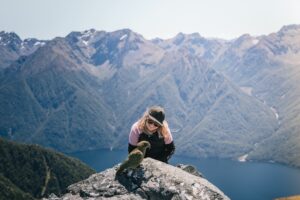I have this quirky thing about me that sometimes I intentionally don’t research too much into places I’m visiting for the first time. Sometimes, I’ll do light research or planning, but I love surprises. This started with my work in photography. I tried really hard to develop my eye and style of shooting. This led to me intentionally avoiding images of places I was visiting beforehand so as not to copy or become too honed in on getting that one shot. Weird, I know. But I’m a weird person. Go with it.
The pleasure of stumbling upon a magical place with little to no expectations is one of my favorite feelings. It’s a lot harder to do these days now that we seemingly live out our entire lives online in a public arena.
Before visiting the Faroe Islands and working with Adventure Canada, I sort of had an idea of what it might look like from just being active in the travel world on social media. Big mountains. No trees. Crazy islands. Turf houses. Sheep. Puffins.
It was kind of like Iceland but different too. Wow me. There were so many things that I was surprised to learn while visiting the Faroe Islands.
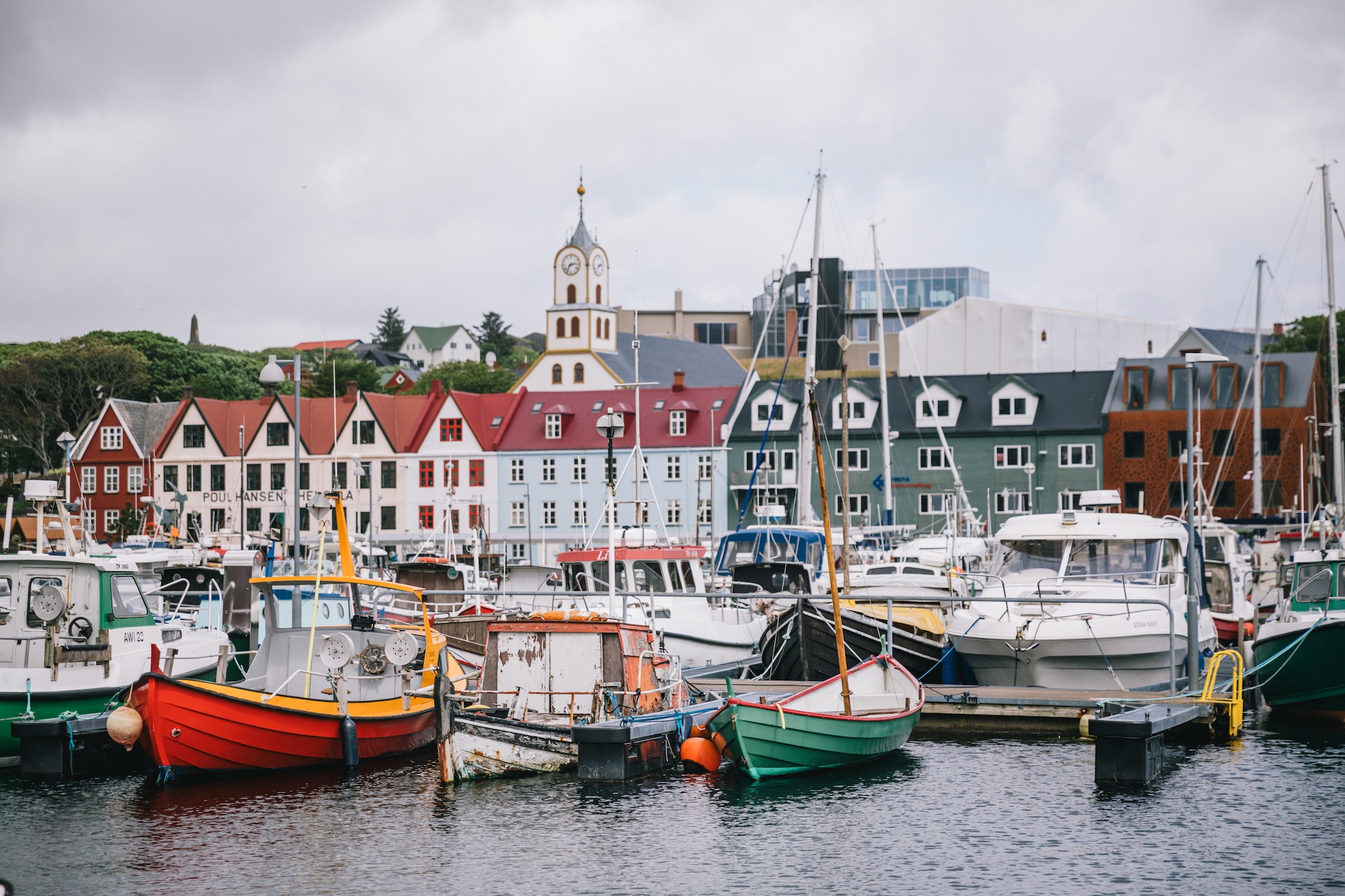
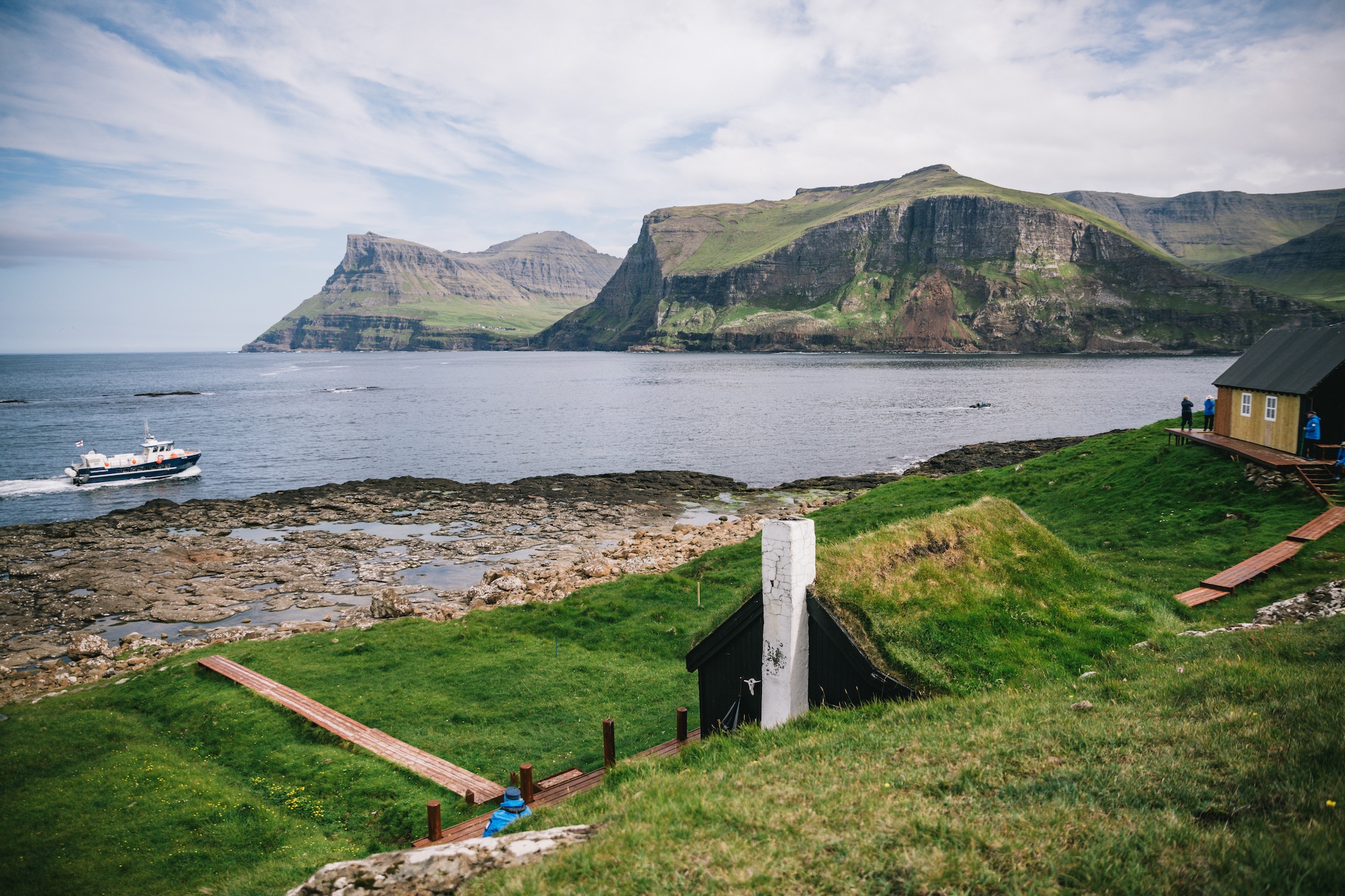
One of the biggest things I loved about the Faroe Islands was how enigmatic it was; it was like a mystery trying to unravel. Forever curious, I’m always reading, contemplating, and asking a shit ton of questions. I learned a lot from a week there on the North Atlantic Saga expedition trip. One of the amazing things about Adventure Canada is that they invest a lot in local guides and share the culture of a place in a kind, not-weird way. There are a lot of lectures on board about the people and places we visit, and we get to spend a lot of time with locals.
But let me be frank, there are no two ways about it: the Faroe Islands are kind of weird. Mysterious and unexpected, it was unlike anywhere I’ve been, and I’m still trying to wrap my head around it.
But what can you expect? Remote, wild, and pretty challenging to get to means that many of its cultural facets and history have remained unchanged for centuries. Only recently booming in tourism, I noticed the Faroes reconciling their past and present in quite a few ways.
Here are some things I was surprised to learn while visiting the Faroe Islands. Enjoy!
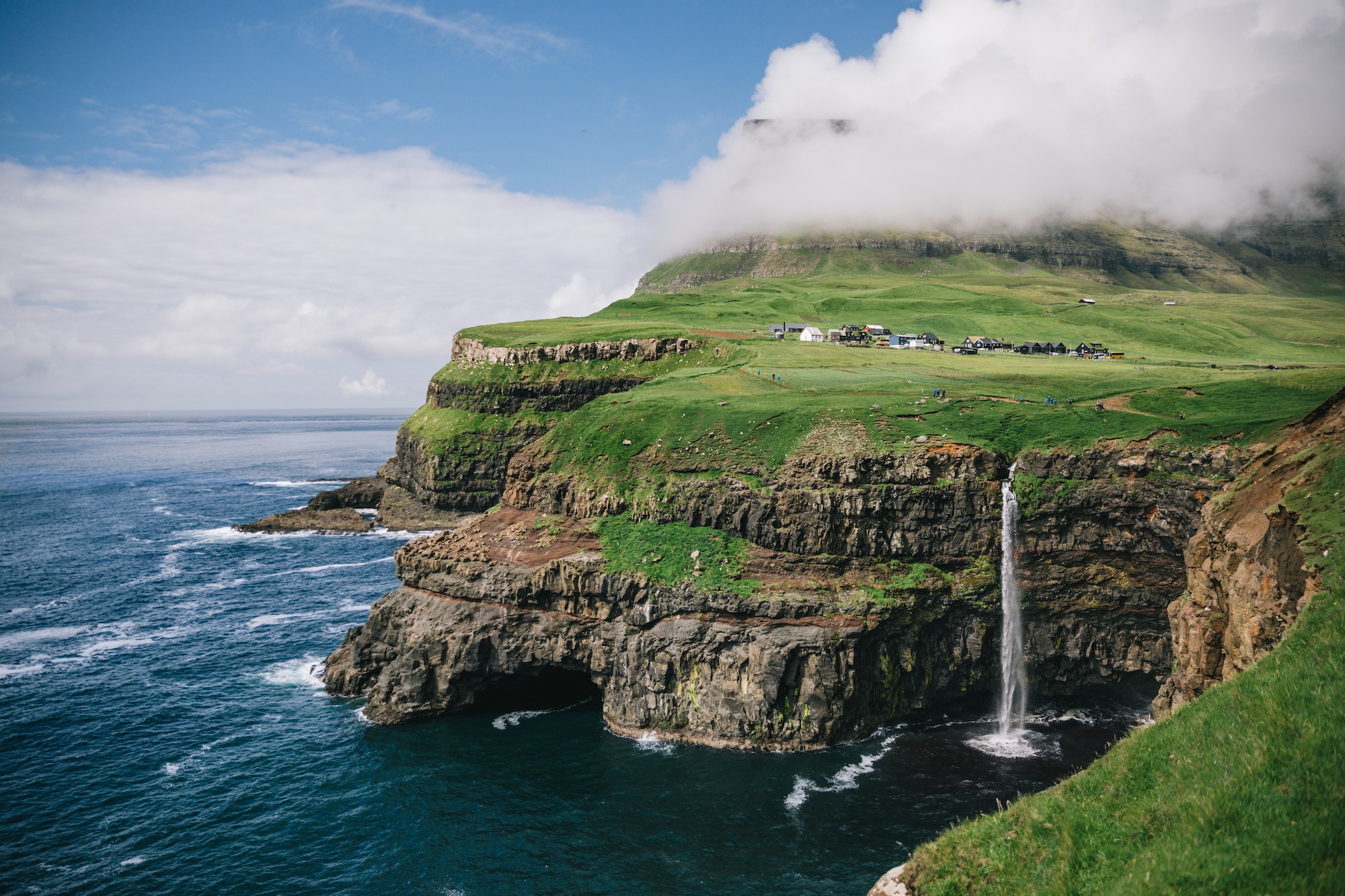
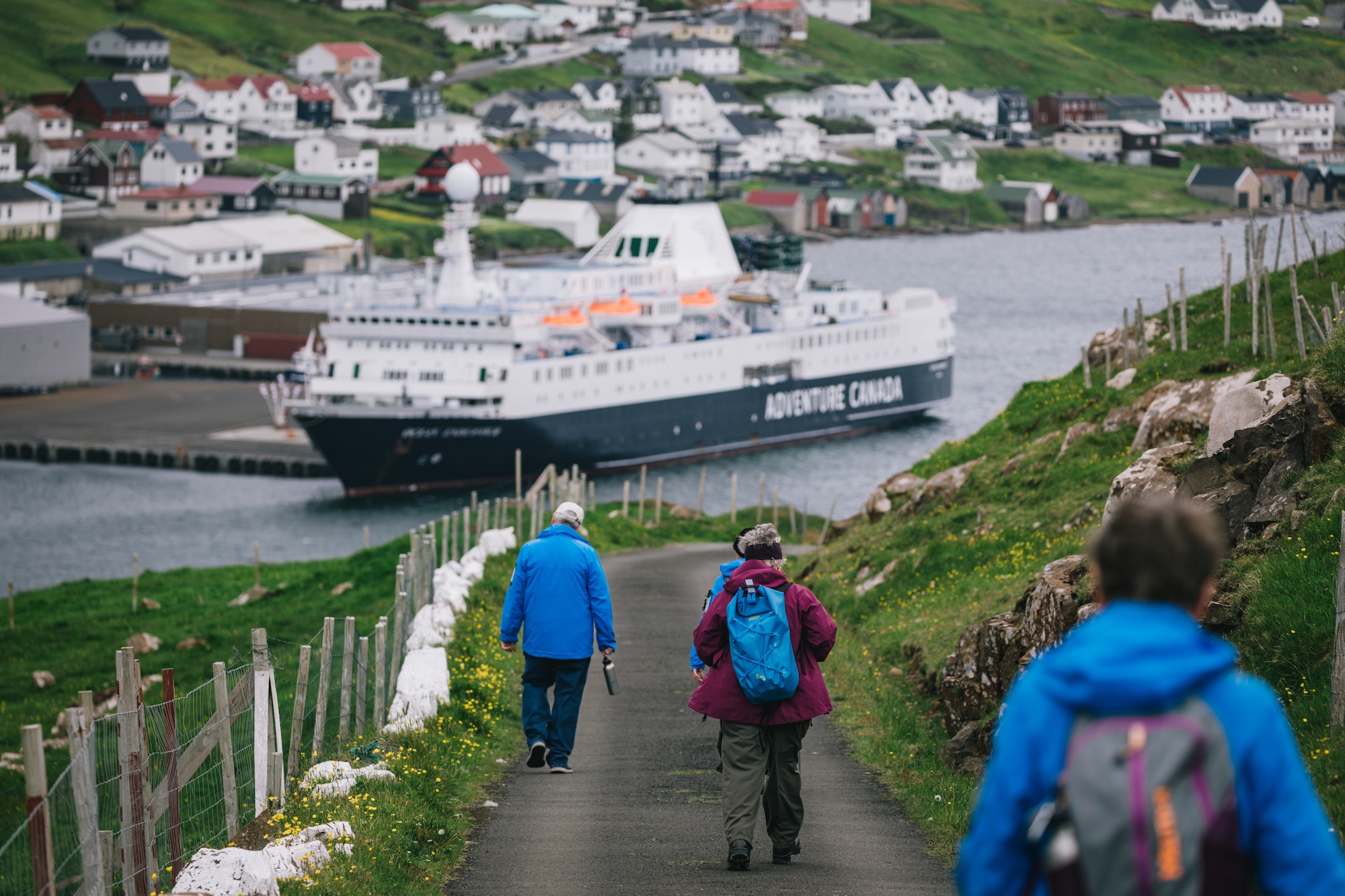
1. The sea cliffs are wild
I was reading a book about the Faroe Islands, The Land of Maybe, and there was a morbid yet hilarious anecdote (my favorite kind) from a foreign author. He was spending time with hardcore older locals in the Faroes as they practiced the traditional way of harvesting bird eggs and chicks from the steep sea cliffs. They essentially tie a rope to a guy as he slides down the cliff while the rest hang on. Hardcore, I know – basically, modern Vikings.
All wearing thick wooly jumpers and heavy pants, they were making fun of the author in his shiny Goretex jacket and rainpants. They said something along the lines of: “mate, you can’t wear that. It’s got no traction; if you slip on the grass, you’ll slide and fly right off the cliffs.”
In fact, I learned that more than 70% of the land in the Faroe Islands is over 200 meters above sea level. Comprised of 18 major islands, the archipelago looks like the land was just yanked up from the sea floor, with huge sea cliffs just about everywhere. I don’t know what I expected, but it wasn’t such dramatic and wild scenery. And of course, you know who loves a good big sea cliff? Birds. Puffins in particular.
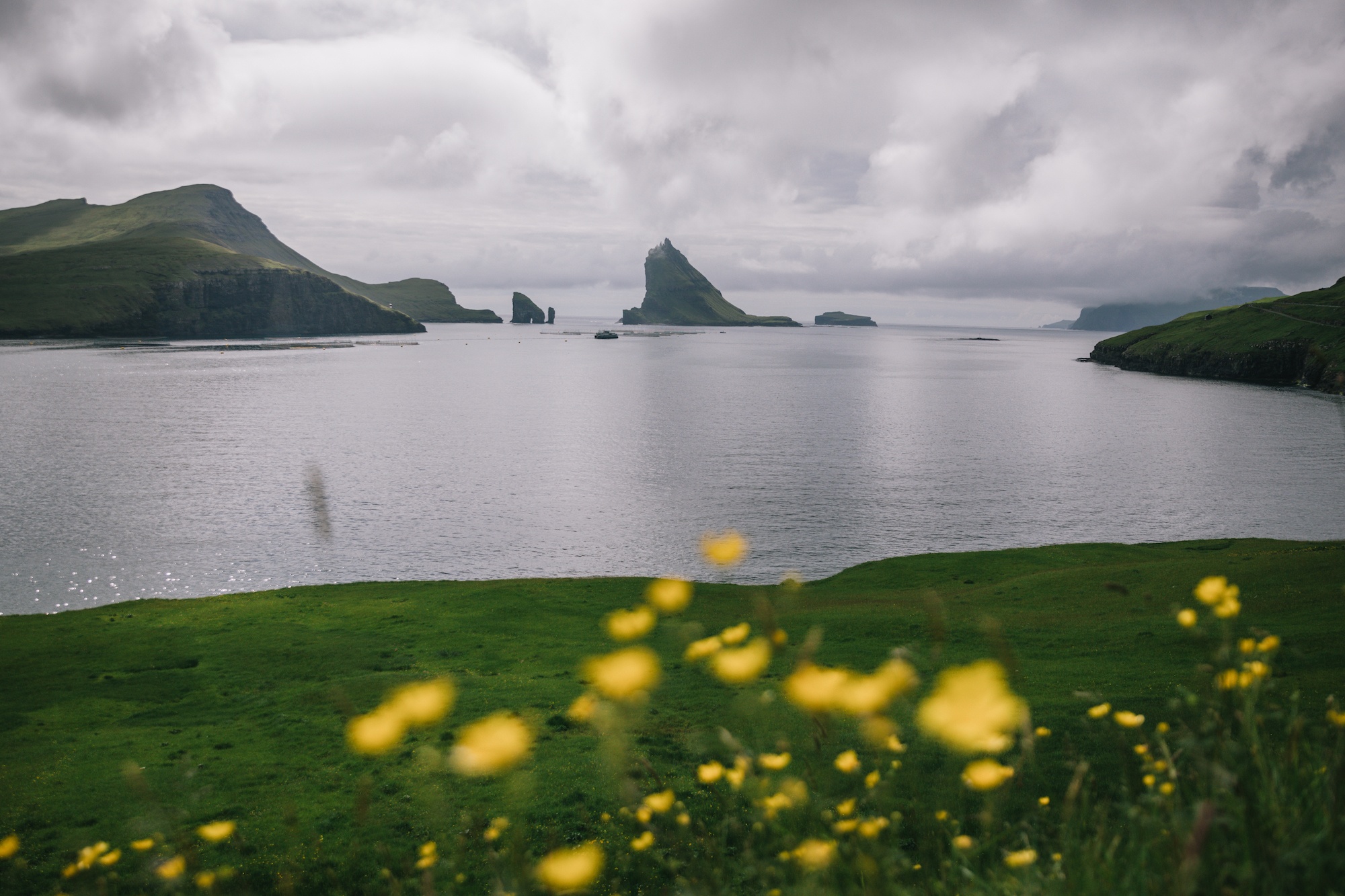
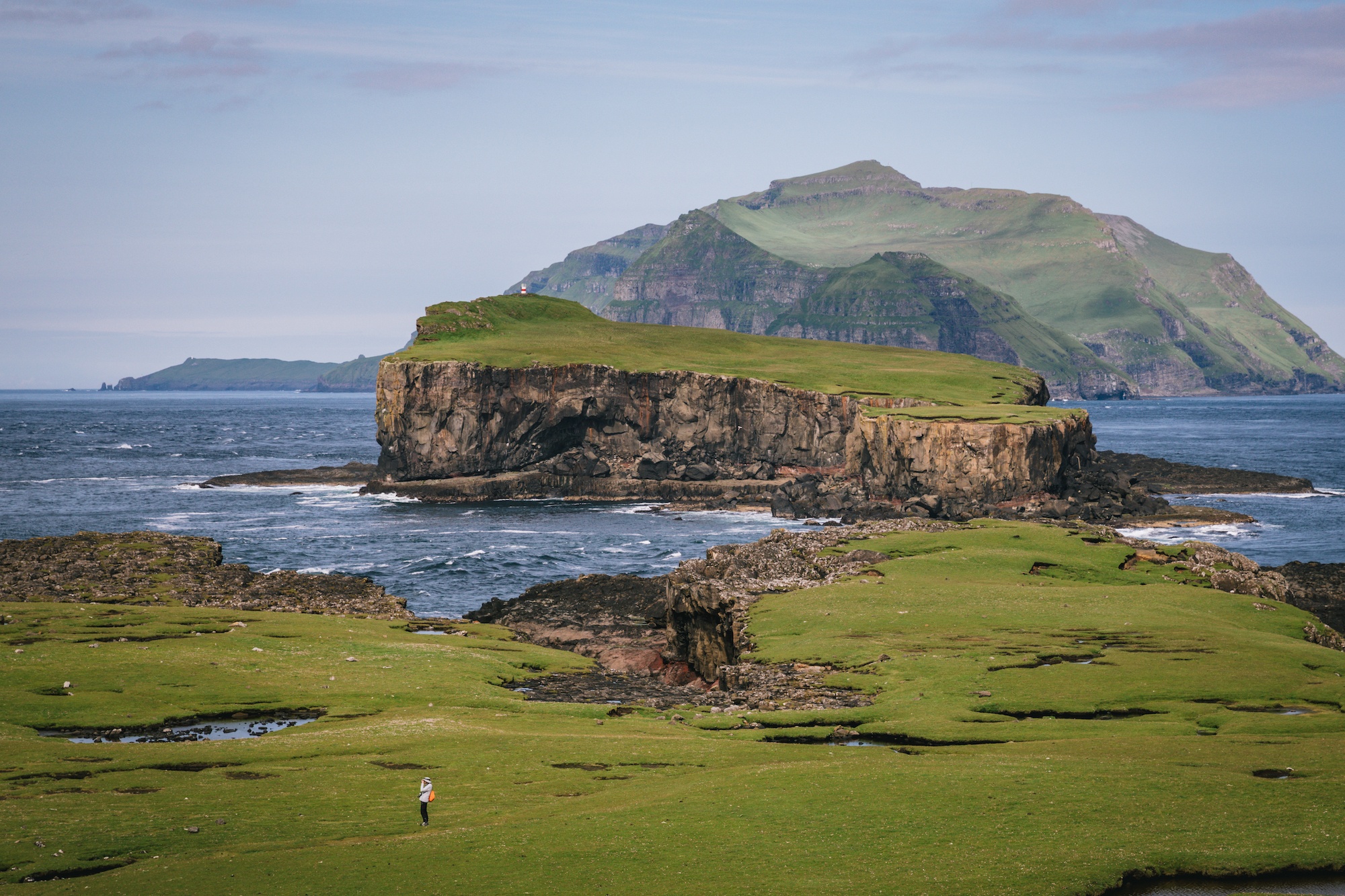
2. Irish and not Norse likely were the first settlers here
The Faroes present very much as Scandinavian and, therefore, by default, in the minds of non-Scandinavians like us, must be Viking.
And that’s definitely true. Norsemen are thought to have arrived in the Faroes and settled around the 9th or 10th centuries. Under the kingdom of Norway til 1380, when they went to the kingdom of Denmark, where they’ve been ever since. I know this is a fast and loose history but just go with it. Nowadays, the Faroe Islands are “self-governing” under Denmark.
Recent archeological evidence shook things up and revealed that there were Gaelic settlers here since as early as 500 AD. Burnt barley, peat, and sheep DNA show that humans were here a lot earlier than initially thought. There are also stories from the traveling Irish monks from the time depicting the Faroes. This is just another of the many things I was surprised to learn while visiting the Faroe Islands.
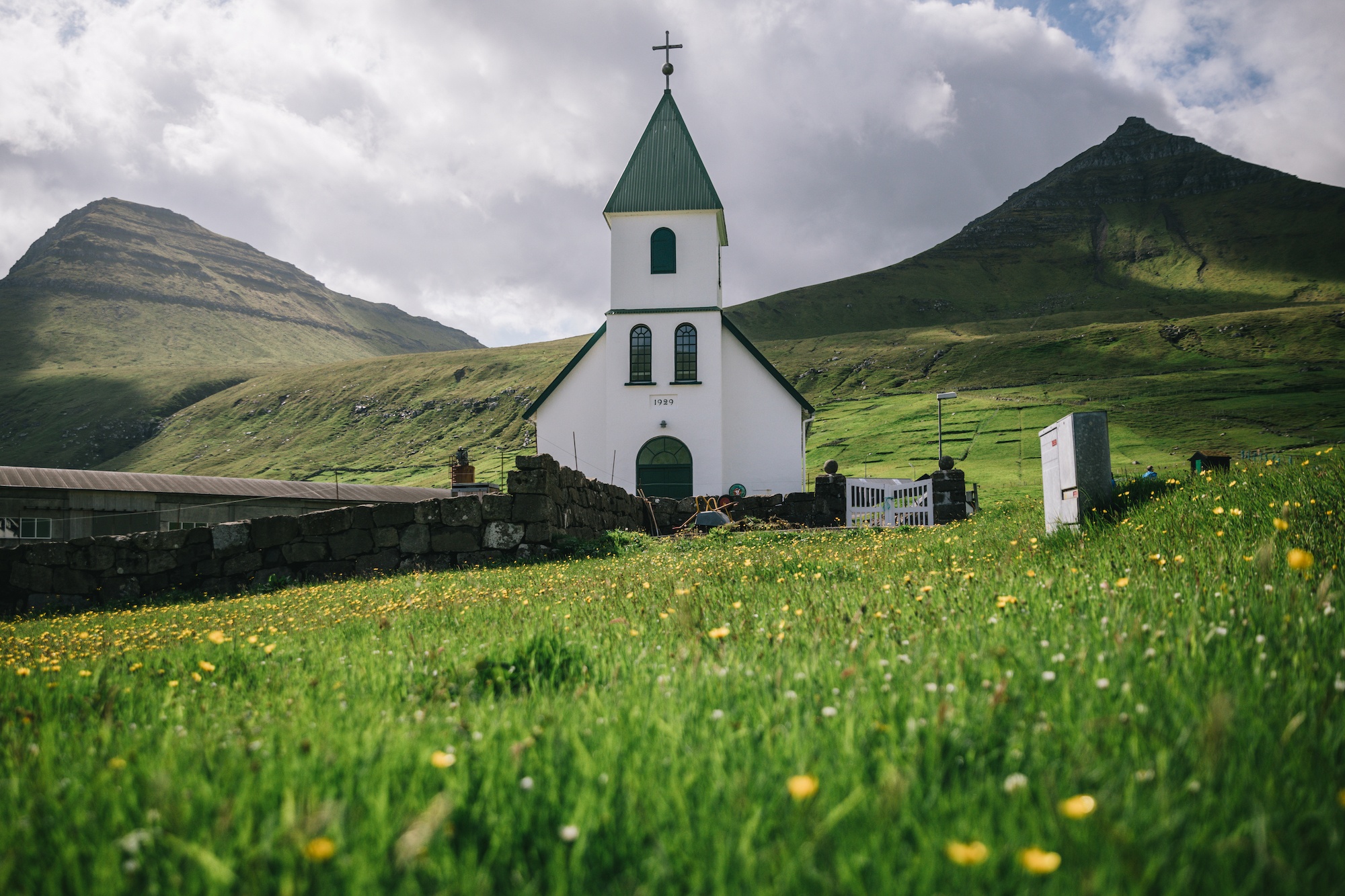
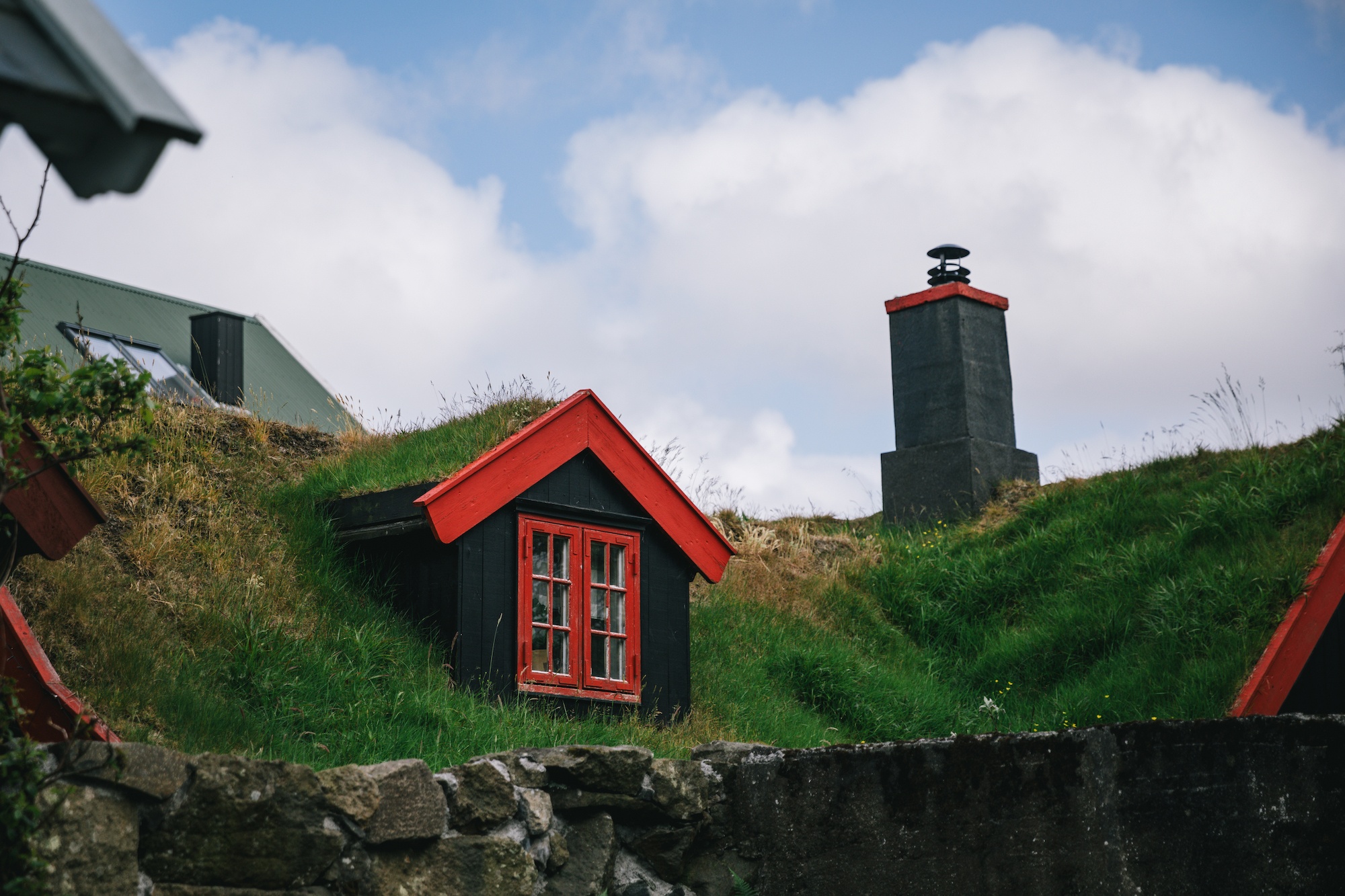
3. It’s actually kind of conservative
Oh man, I could be way off the mark here, but I don’t think I am. Please chime in with your thoughts. I spoke with many Faroese people and observed even more, spending my evenings reading about the Faroes, and I realized that it’s actually quite a conservative country. Or perhaps it appears really conservative compared to the rest of Scandinavia, which decidedly isn’t. Chalk it up to my experience of growing up in the Bible Belt, but I can spot conservatives a mile away. It was one of the biggest things that I was surprised to learn while visiting the Faroe Islands.
Here are my reasons. First off, everyone here has approximately one billion children. The average birth rate is 2.5 kids. Almost everyone I met mentioned that they had between four and six kids. Like EVERYONE. Are they even still having children in the rest of Scandinavia? Jokes aside, but seriously, it’s well known the more economically developed a country, the fewer kids they have, and the Nordic countries lead the way, with their birth rates steadily declining. The Faroe Islands retain highly restrictive abortion laws, too. I’ll just leave that little tidbit there.
It also struck me that the Faroes were actively religious in a way you don’t see in Scandinavian or European countries anymore. Probably goes hand in hand with the above. There is also a gender imbalance in the Faroes, with far more men than women. Probably because it’s so small and remote, many, many women leave the Faroes to live and work abroad, never coming back. Actually, a lot of young people leave and don’t return, though the population decline has begun reversing.
All of this leads to my next point:
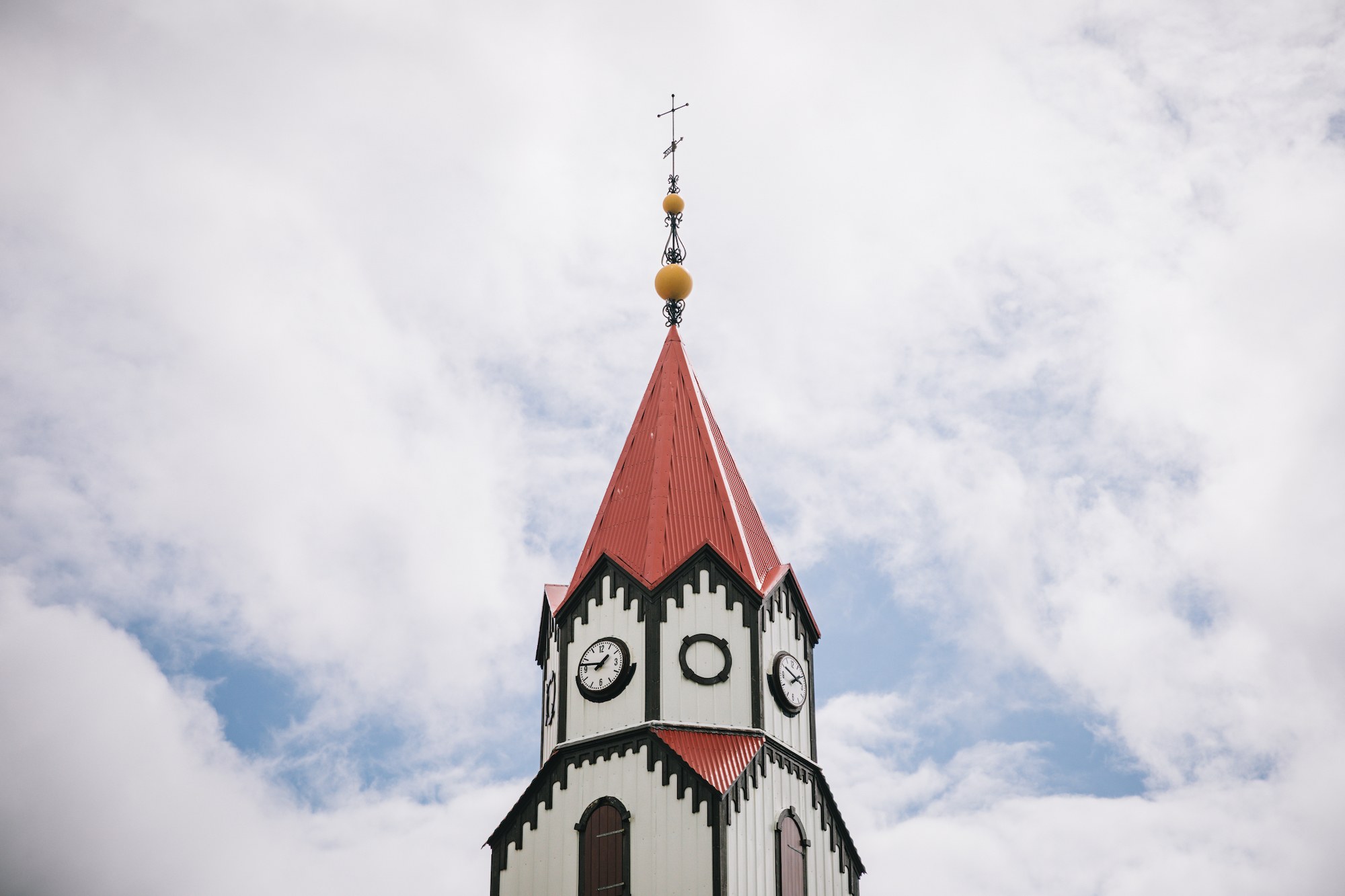
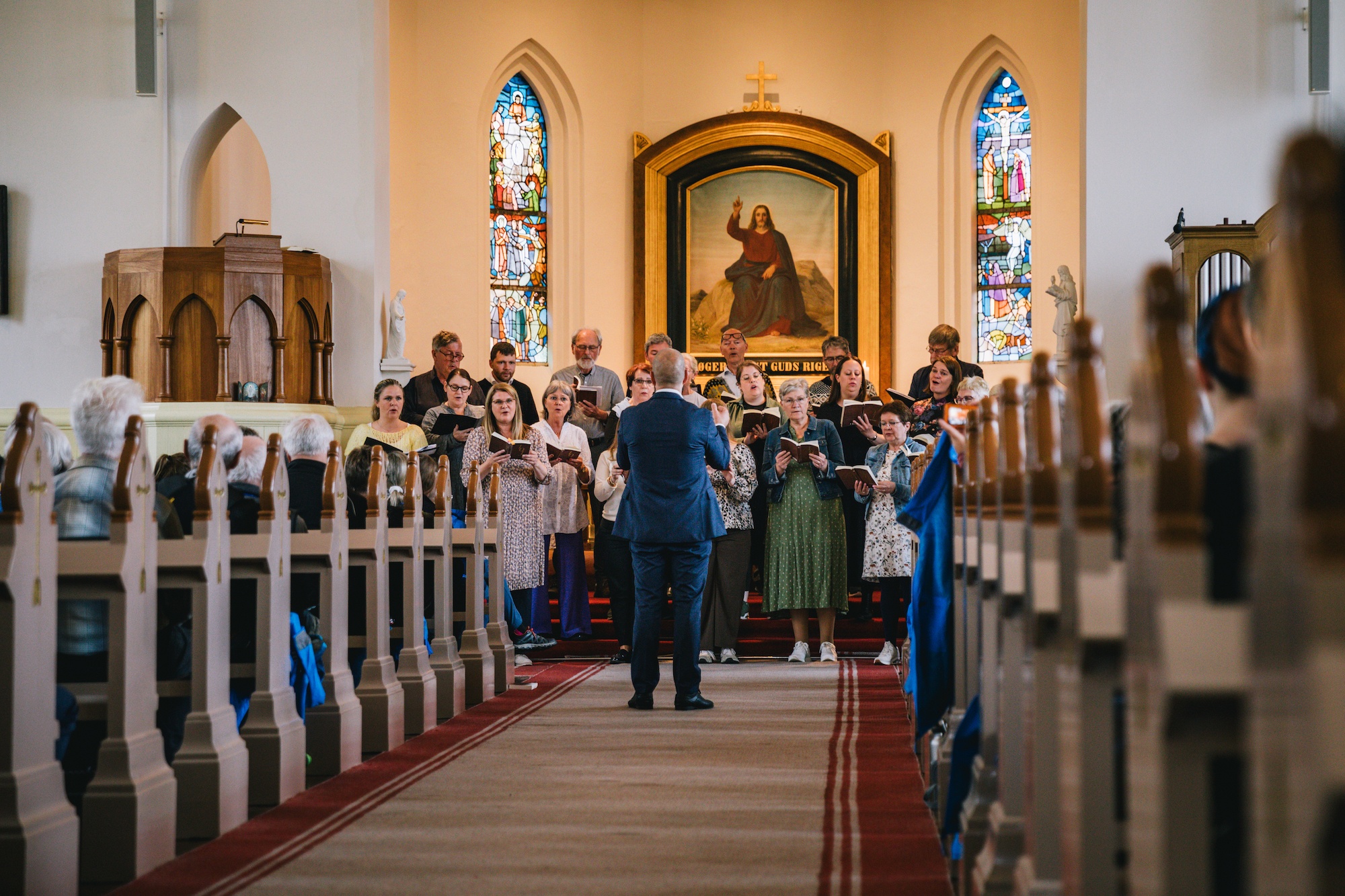
6. Most people mostly support the whaling
I think the most public evidence of how conservative the Faroe Islands are is their stance on whaling, i.e., they’re all for it in the name of “culture.”
Oh man, I have so much to say on this, which merits a post all on its own, but after so much research, deep thinking, and careful consideration, my opinion is that whaling should stop in the Faroes. I support indigenous subsistence whaling, something I learned a lot about while in the Arctic. That is not what is happening in the Faroes. Summed up, whaling in the Faroes continues because they don’t want to be told they can’t.
I was really shocked speaking to so many people here about the grindadráp, aka the Grind (rhymes with wind), the traditional practice of herding pods of whales and dolphins into bays and slaughtering them all to eat only certain parts. Nearly everyone I spoke to supports the Grind, citing it as an important cultural, practical, and traditional practice. The ones who opposed only opposed for medical reasons because the blubber and meat contain toxic levels of mercury and other pollutants.
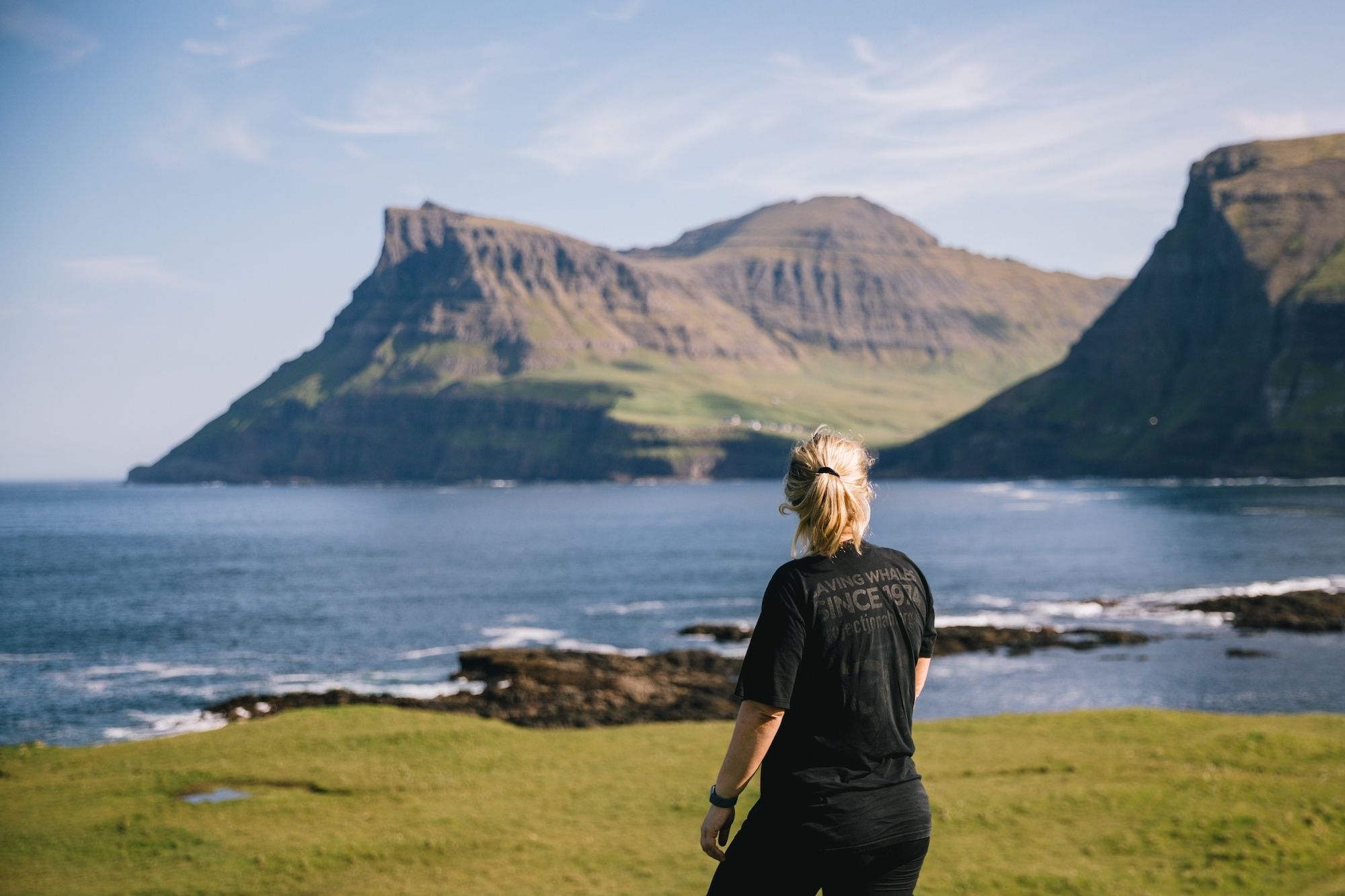
I don’t take this stance lightly. Visiting a place and vocally disagreeing with a cultural practice is not something I do often.
But make no mistake, the Faroes are white and privileged. They have the highest GDP per capita in Europe, with massive funding from Denmark. As a matter of fact, it’s one of the richest countries in the world. You can buy Ben and Jerry’s at their supermarkets, and they have better road infrastructure than we do in New Zealand. In fact, the Grind was dying out, and only when Sea Shepherd started campaigning against it did its popularity resurge with heaps of young men signing up for workshops on literally how to kill whales so they could “preserve their culture” against global opposition.
Will it impact how I feel about visiting the Faroes? Not really. It’s an awesome country and if I refused to visit places based on a practice I disagree with, I’d never leave my house. I can give you examples like this for literally every place I’ve ever visited.
Anyway, I have much more to say about this, but I wasn’t expecting the Grind to be so popular. I was really surprised to learn this while visiting the Faroe Islands. A big part of me really thought it would be quite niche, perhaps delegated to old people and dying out like other controversial practices in other countries. I was wrong.
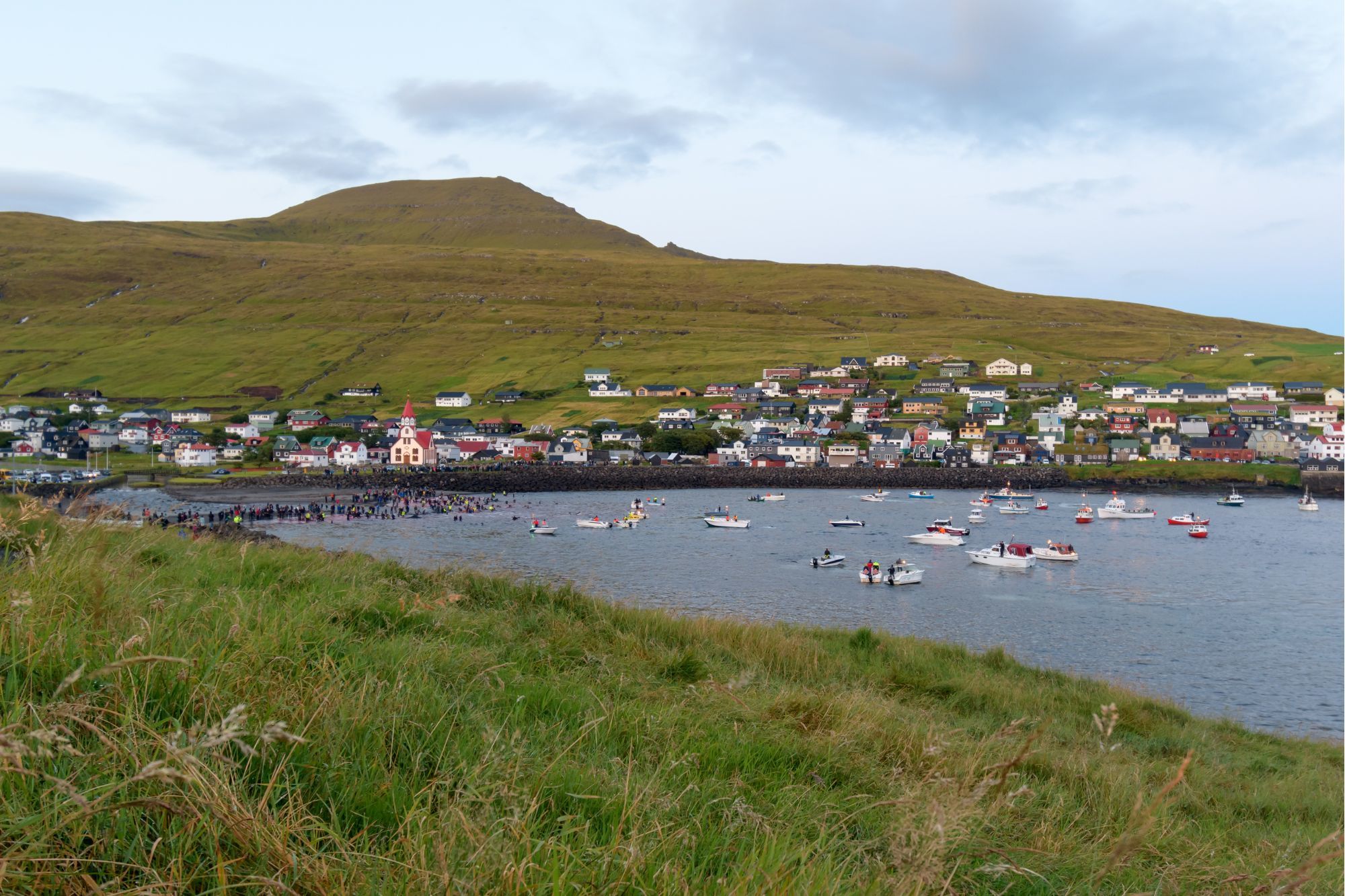
5. Puffins are smaller than I thought
Phew, that was heavy. Let’s head back to something lighter. Puffins.
Another thing I was surprised to learn while visiting the Faroe Islands was all about the cutest birds ever. I’ve seen puffins in Iceland and when we were in Scotland before sailing for the Faroes. But I didn’t see any close-up. They were always flying, on the water, or living their best lives on bird cliffs. Disclosure: usually, you can see them close up in those places, too; I just didn’t. Also, every photo of puffins is super close up; they appear big, especially when their beaks are full of fish, like northern penguins.
Only once I got up close and personal with them in the Faroes did I realize they’re tiny. They’re only about 30cm or a foot tall. They’re little. Another thing I learned was the name for baby puffins is pufflings. I died. How cute.
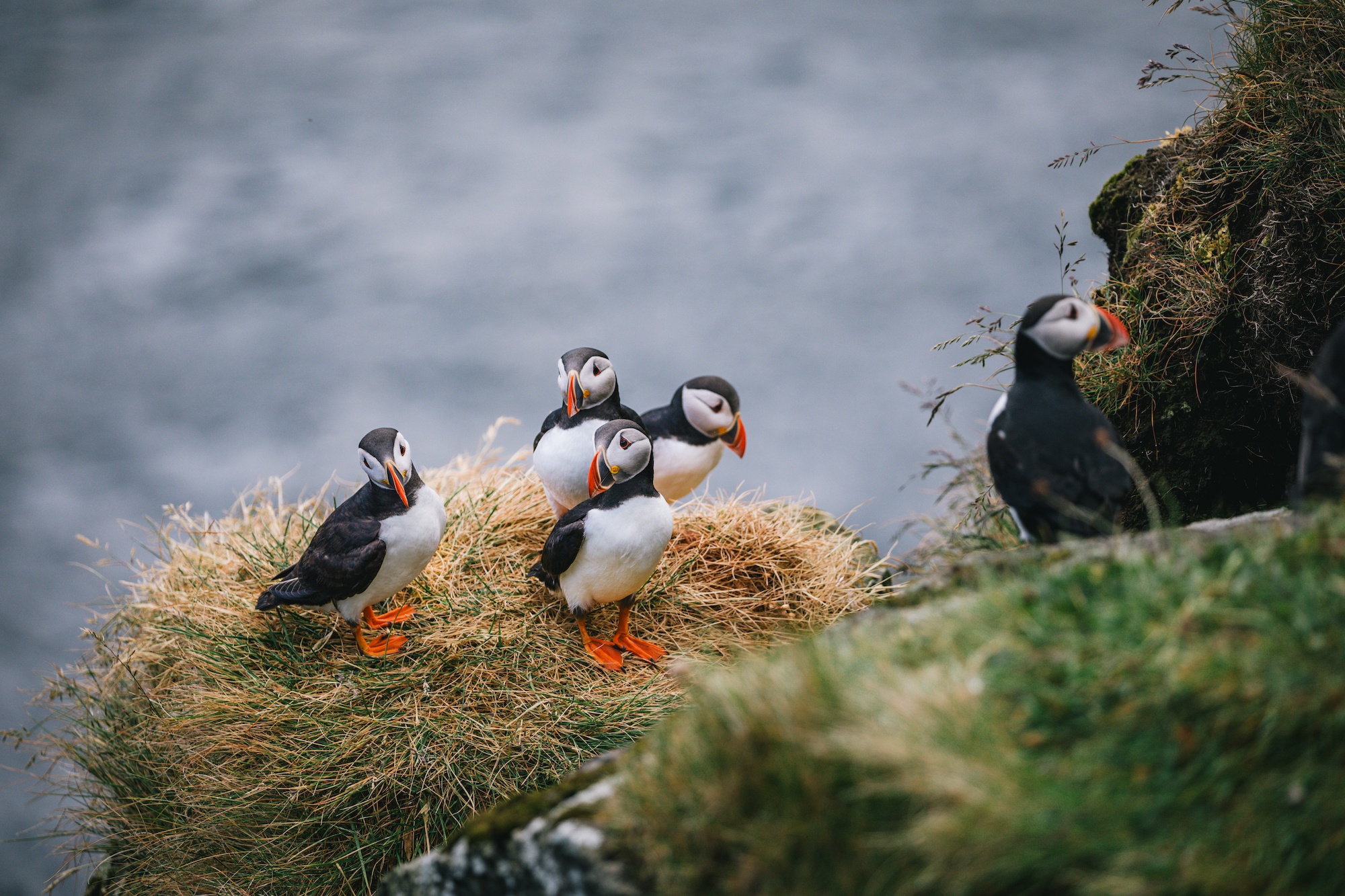
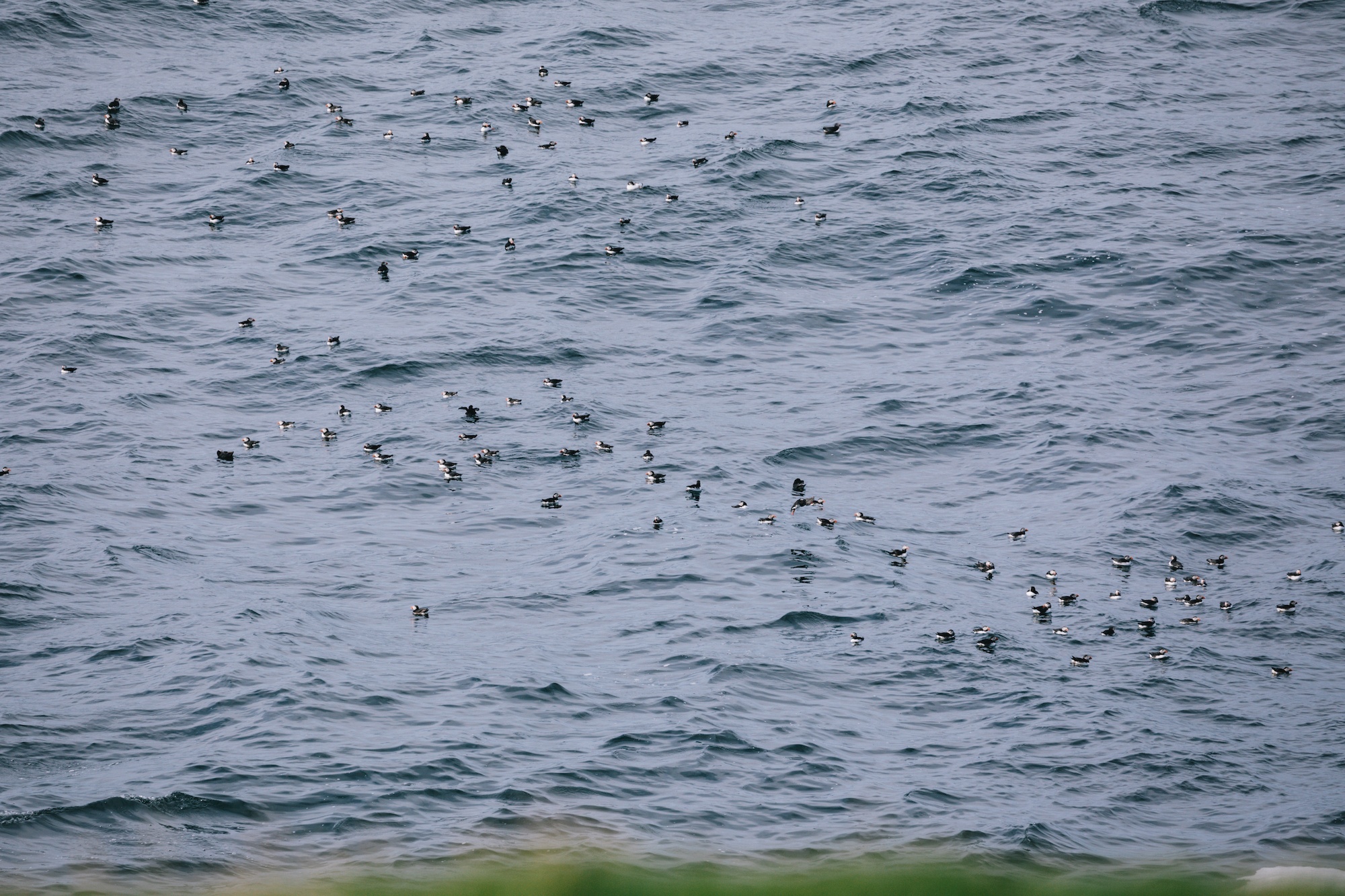
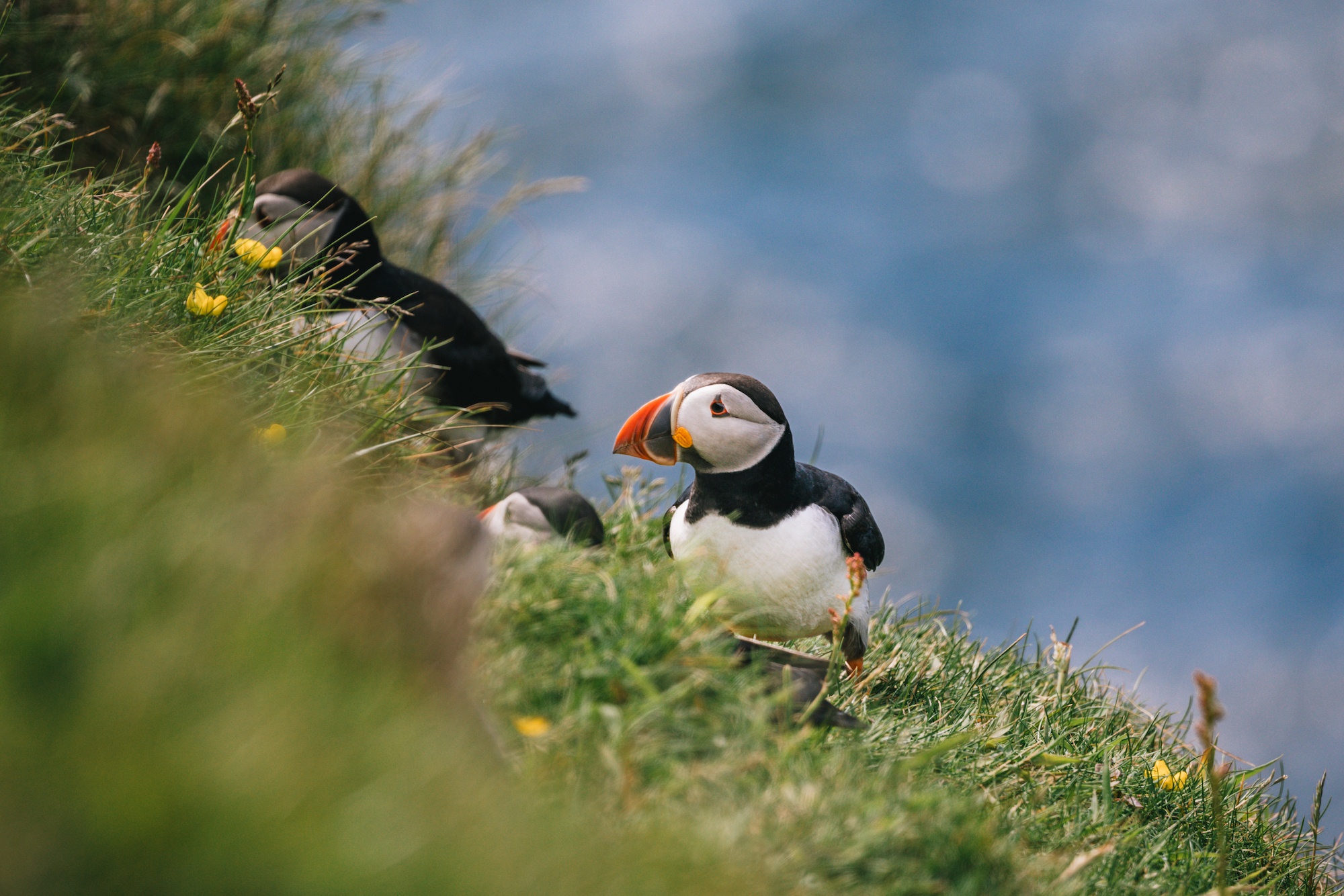
6. Tórshavn is such a cute little city
The capital of the Faroe Islands is Tórshavn, and boy is it a cute little town. Home to a third of the Faroese population, which is around 14,000 folk, Tórshavn is named after Thor, the Norse god of thunder.
The historic downtown by the harbor is ridiculously cute, full of traditional colorful boats. Turf roof houses mingle with bright buildings downtown, and it’s one of the only places in the Faroes where you can see trees. There are modern cafes, cute shops, and great views, perfect to wander around. Further afield you can tell there is a lot of growth and development in Tórshavn.
Something I found fascinating was that the Norse set up their parliament here in 850 AD in Tinganes, a peninsula downtown right by the water, making Tórshavn the capital. Definitely don’t miss wandering around down here.
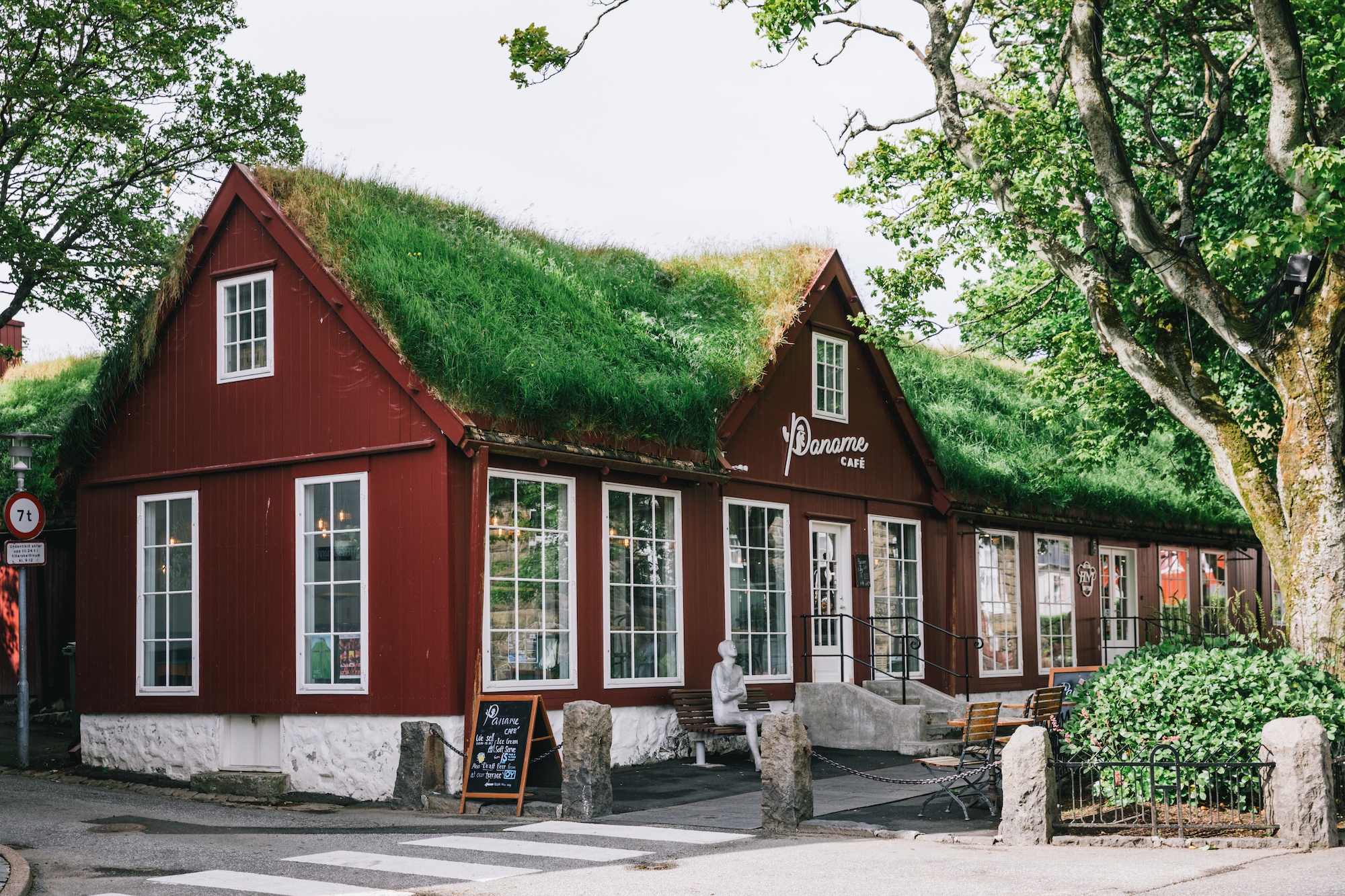

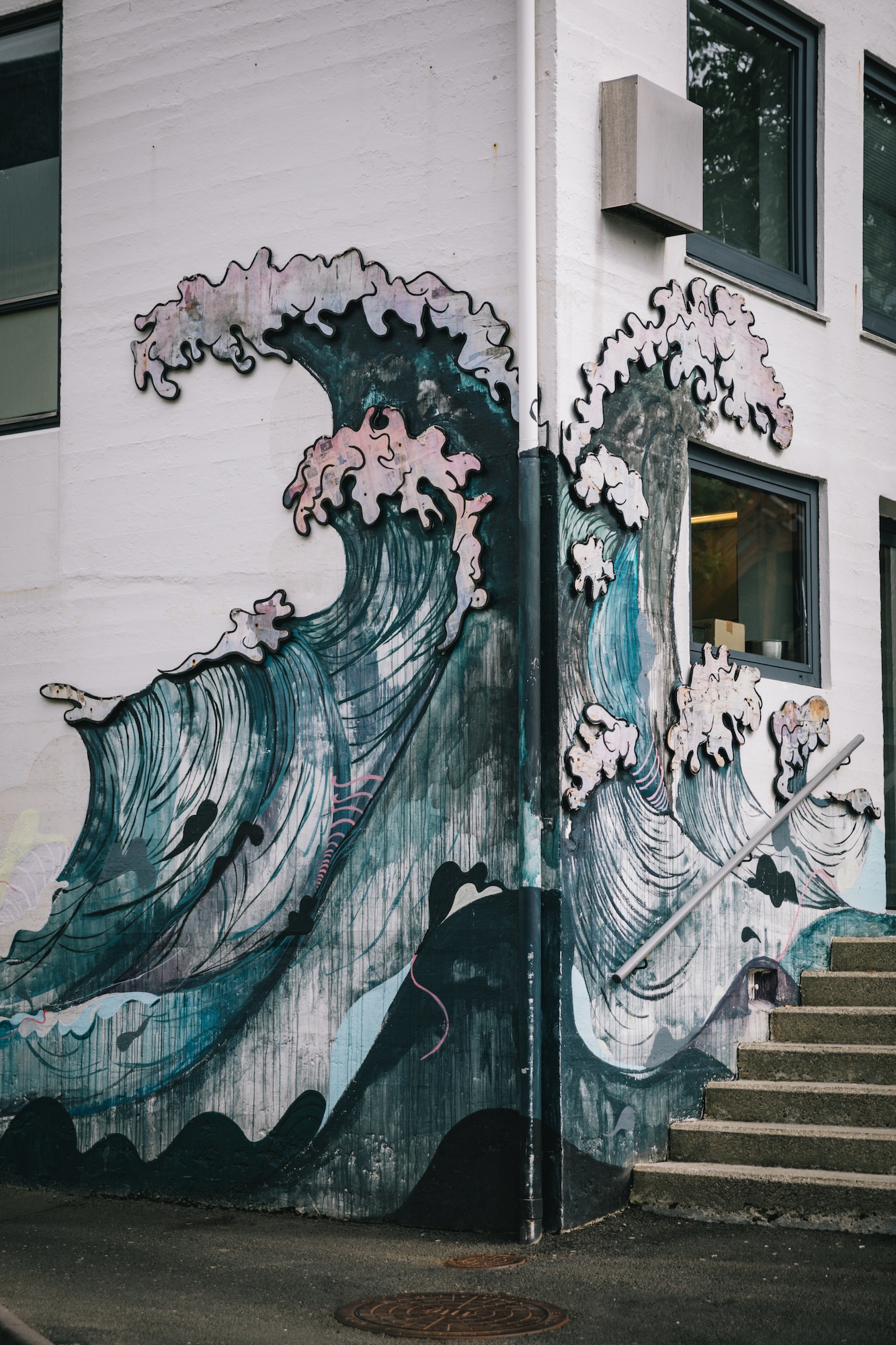
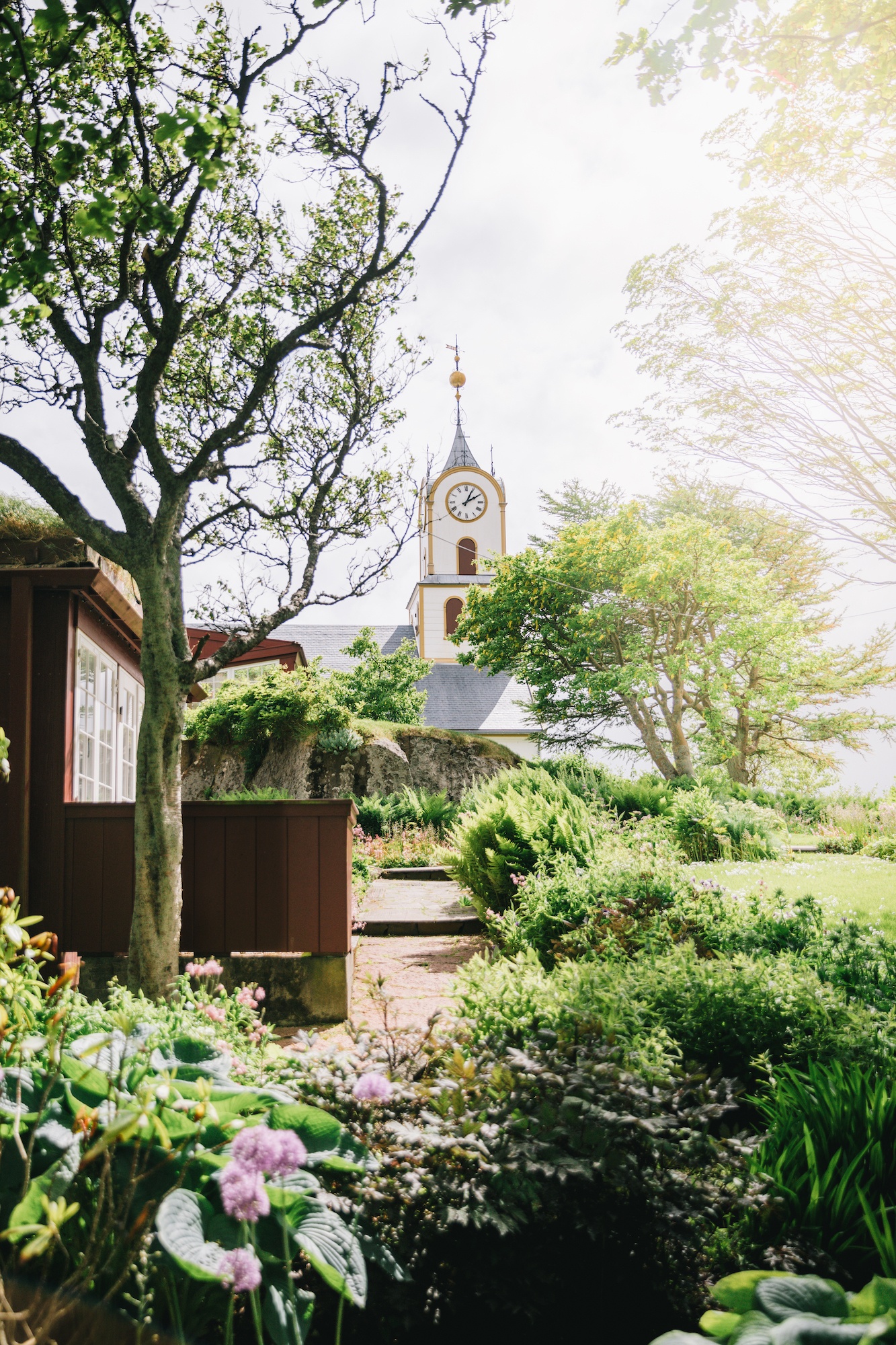
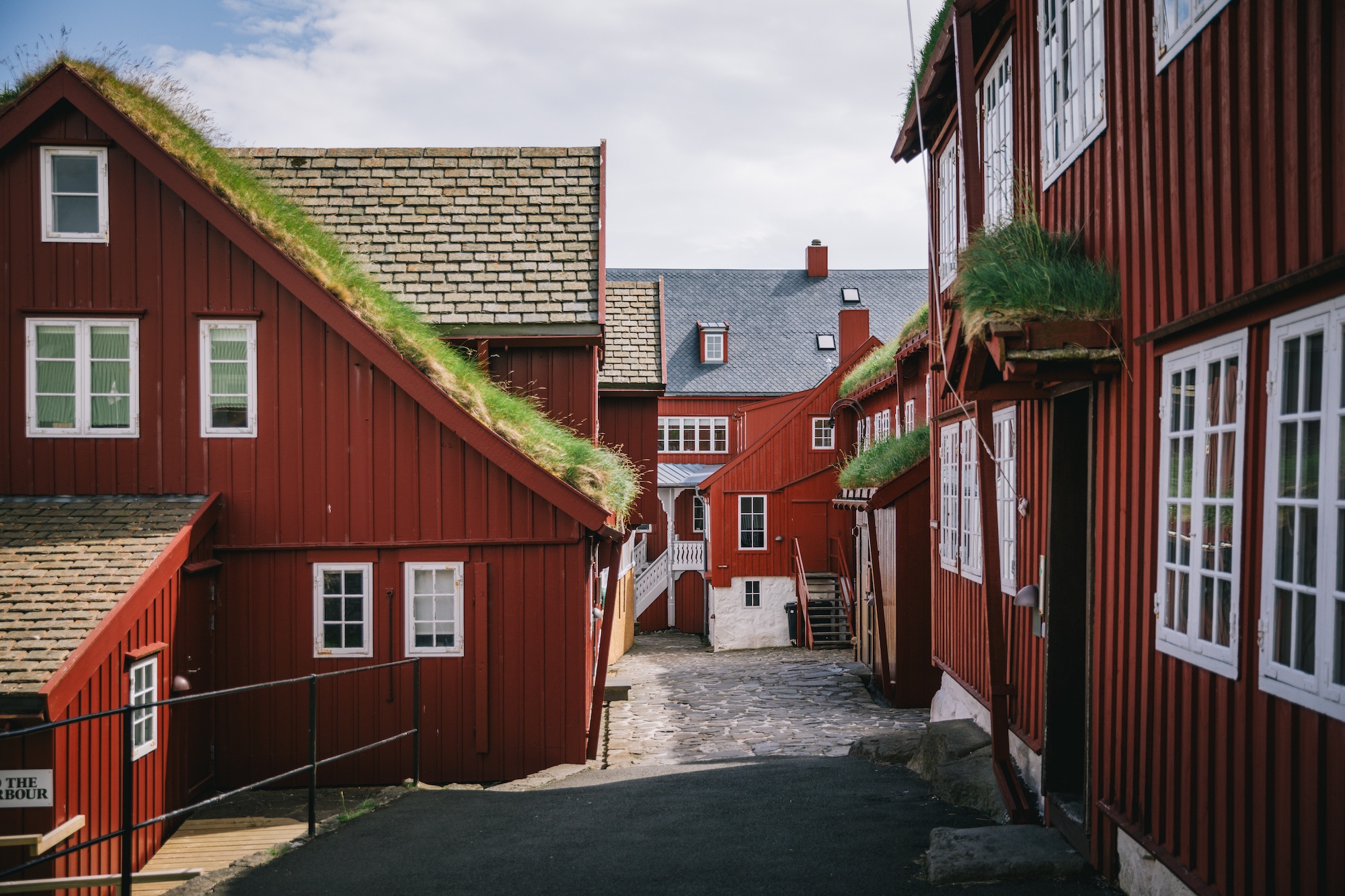
7. The infrastructure is great
For being such a remote place and so hard to get to for such a long time, I found that the infrastructure was really impressive. It was one of the biggest things I was surprised to learn while visiting the Faroe Islands.
You can tell a lot of money has gone into making the Faroes more accessible both for locals and visitors. The islands have a great road network with an elaborate bridge and tunnel network connecting them. There are also regular flights, ferries, and even undersea tunnels. It blows my mind, considering where I live in New Zealand, it takes *literally* a year to build a roundabout.
The Faroes are also leading the charge (pun intended) when it comes to producing sustainable electricity. More than half of their electricity comes from renewable energy sources. Pretty cool.
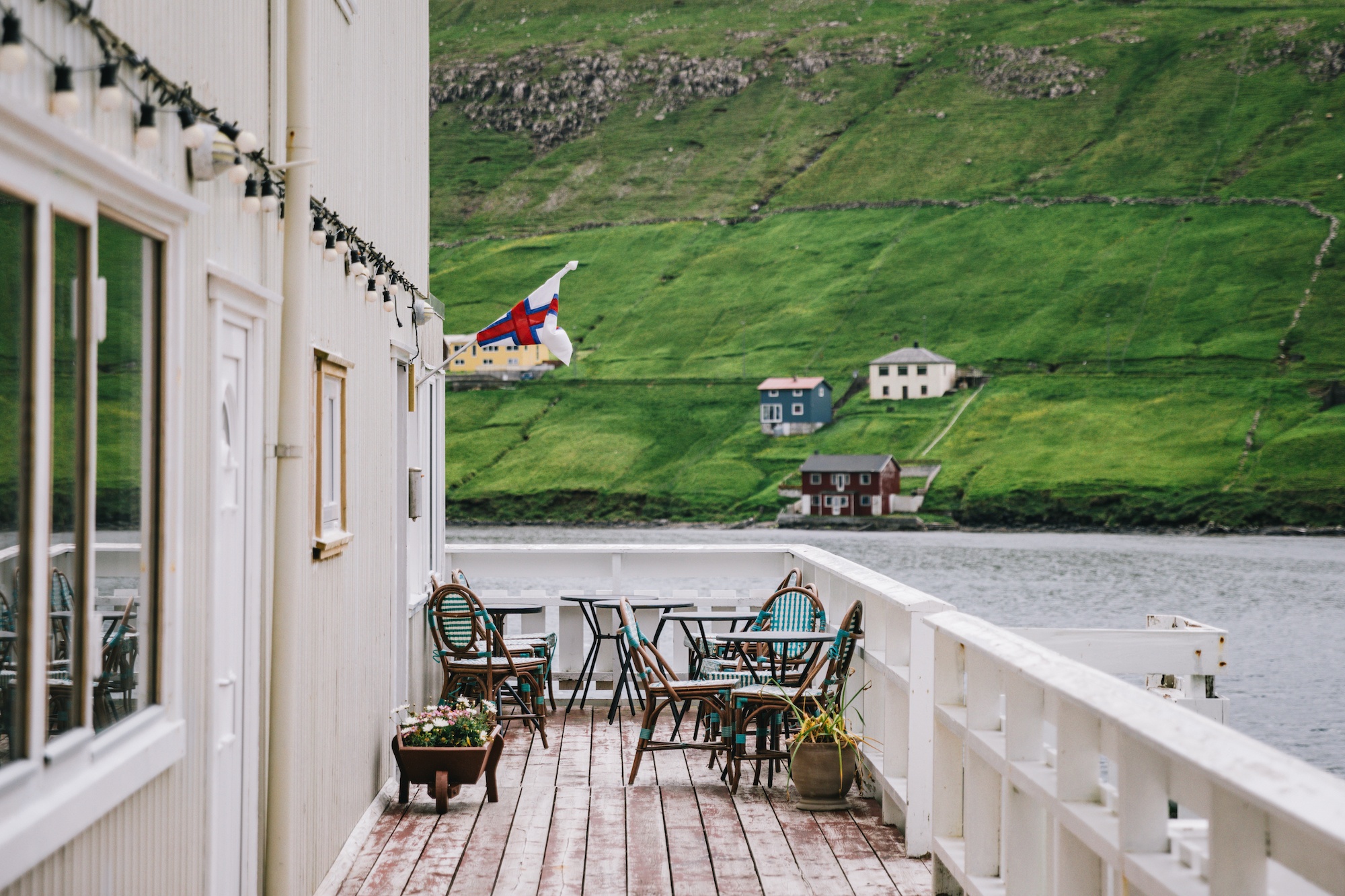
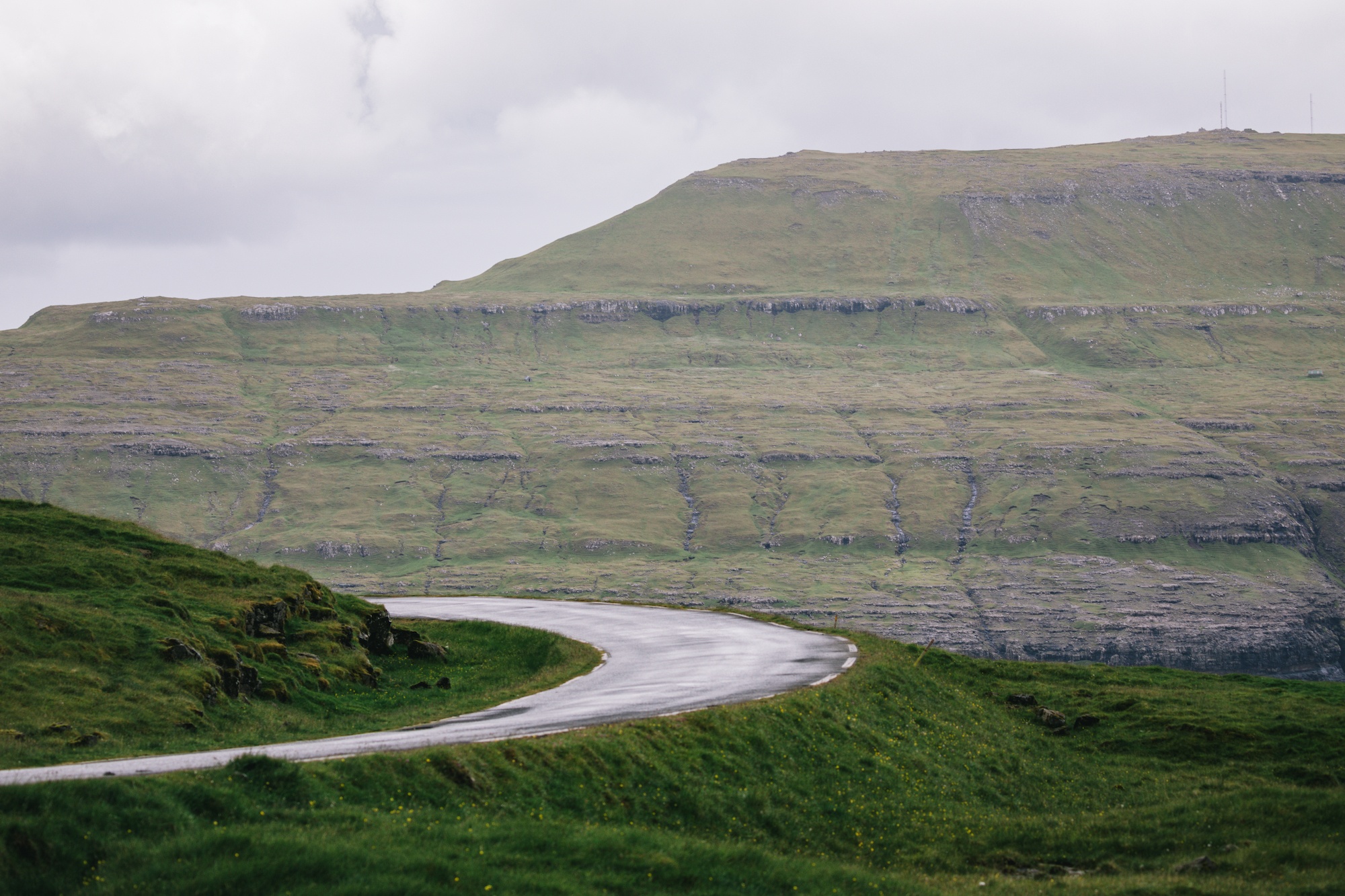
8. Fermented sheep is pretty tasty
Ok, ok, ok, I understand most of you will likely not agree with me on this, but I actually liked all of the fermented and air-dried food around the Faroes. The one positive of having had a top chef as a partner was improving my (already snobbish) palette. Flavor is everything, and the flavor of skerpikjøt will knock you on your ass.
Skerpikjøt is a common dish in the Faroes, a wind-dried mutton shank in the harsh North Atlantic wind. Yum yum. They’re hung in special drying sheds called hjallur where there is a specific curing process over many months. Then they’re usually served sliced on bread. I got to try it a few times while in the Faroes, and while many of the passengers would take a small, polite bite, cough, and hide the rest, I ate about ten.
The same goes for another traditional Faroese dish, air-dried fish (usually cod) called æstur fiskur. You’ll often see them hanging outside houses in the villages, swinging in the breeze like some kind of stinky wind chime. Delicious.
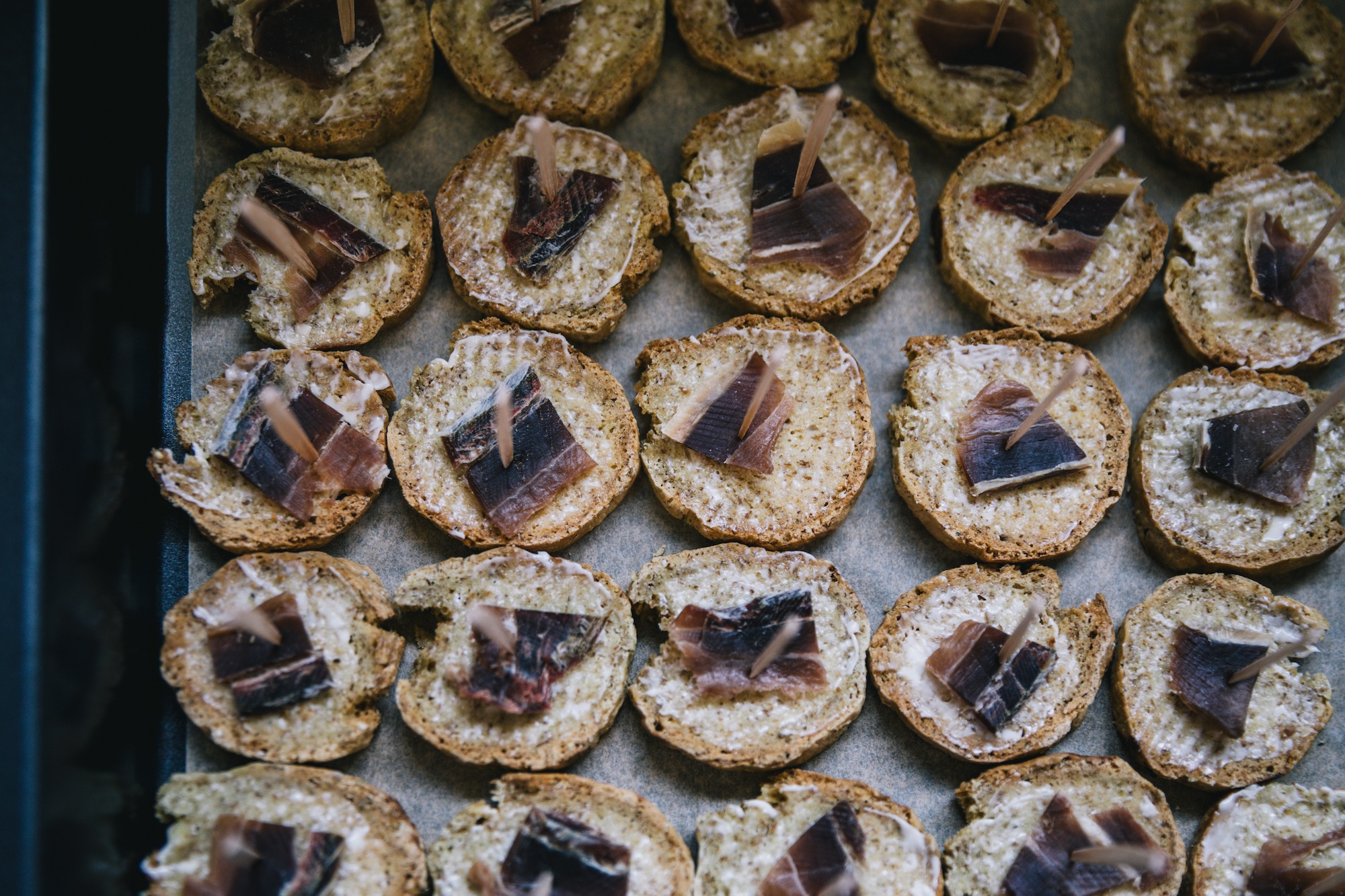
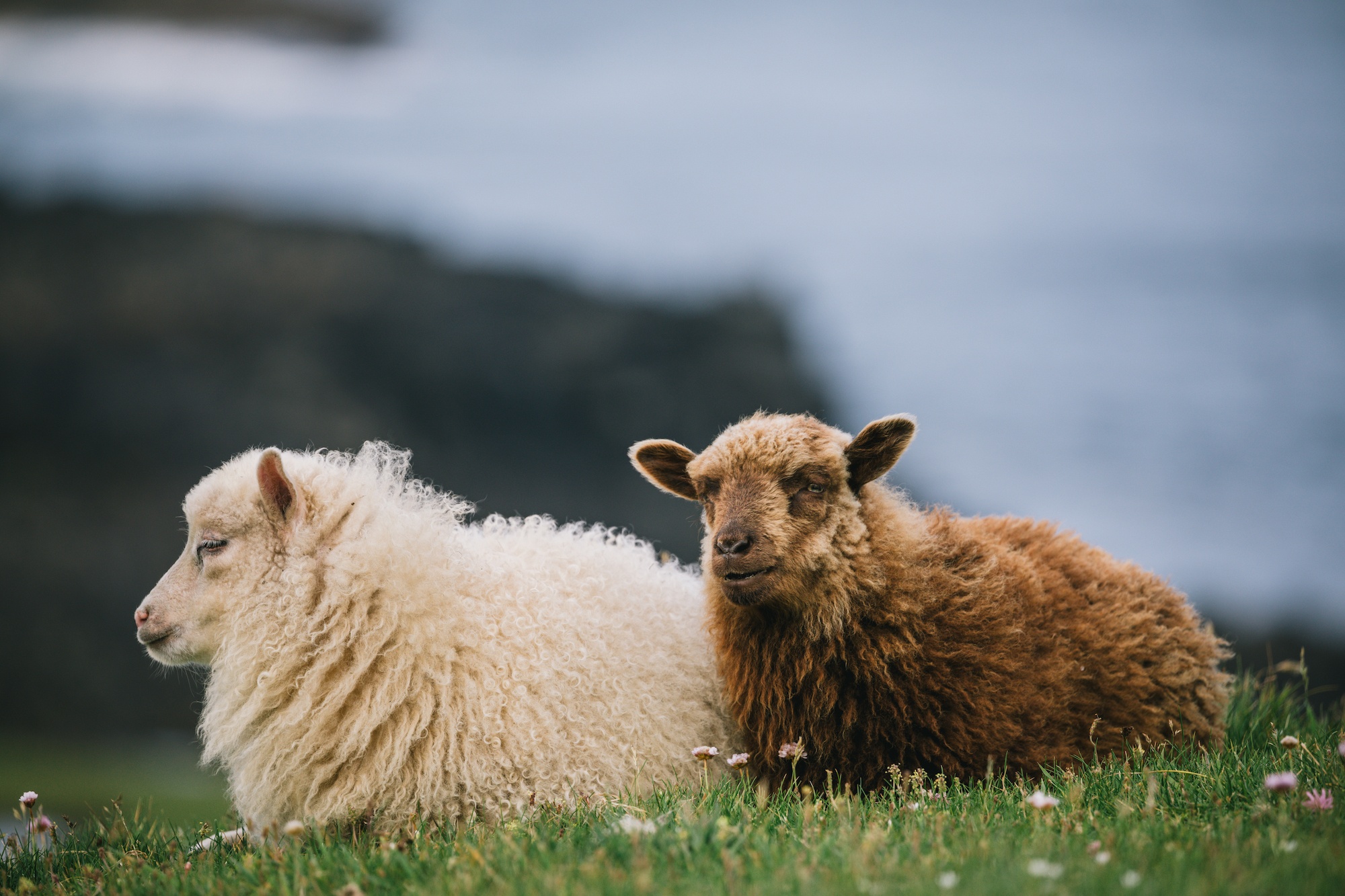
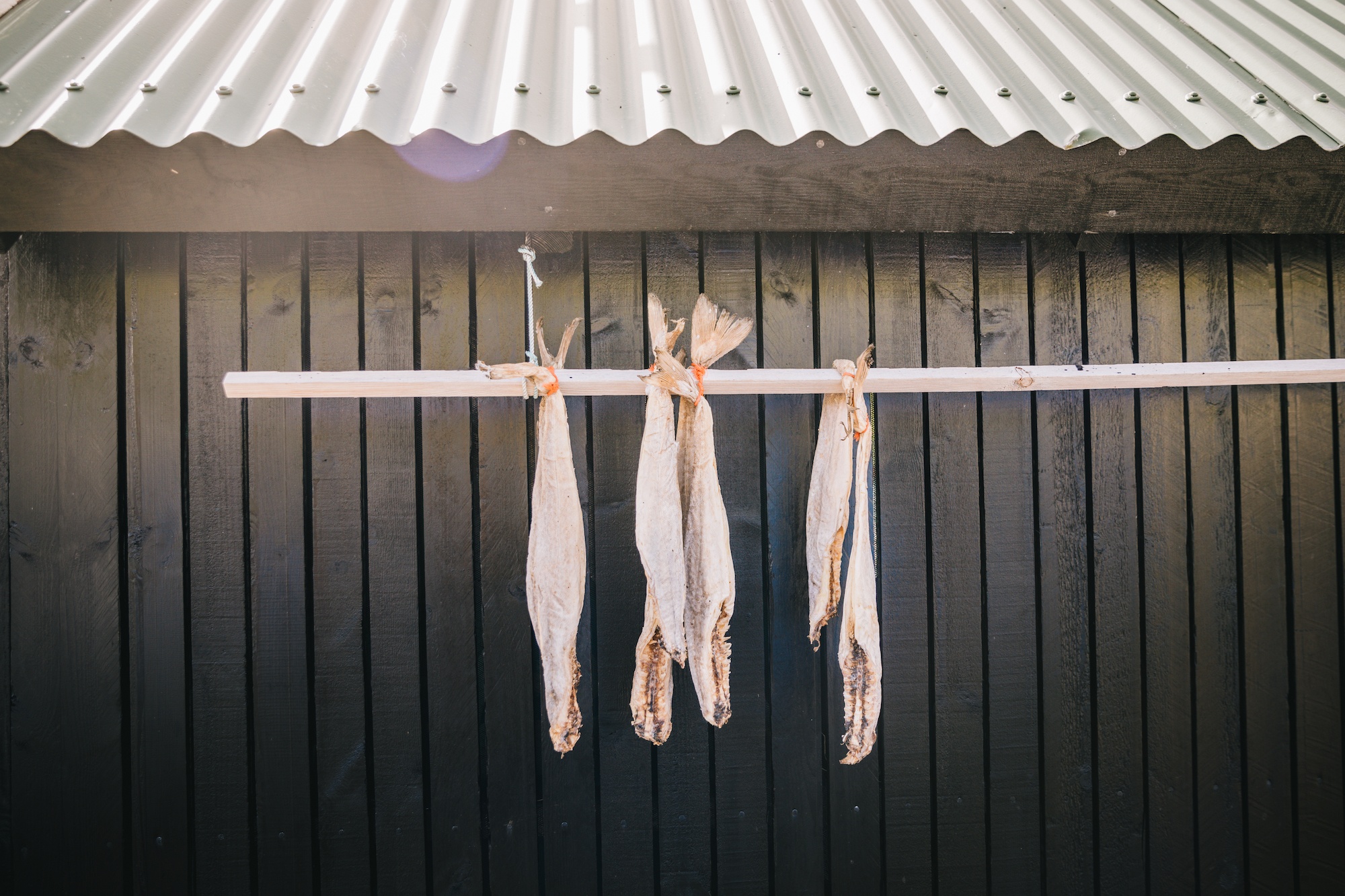
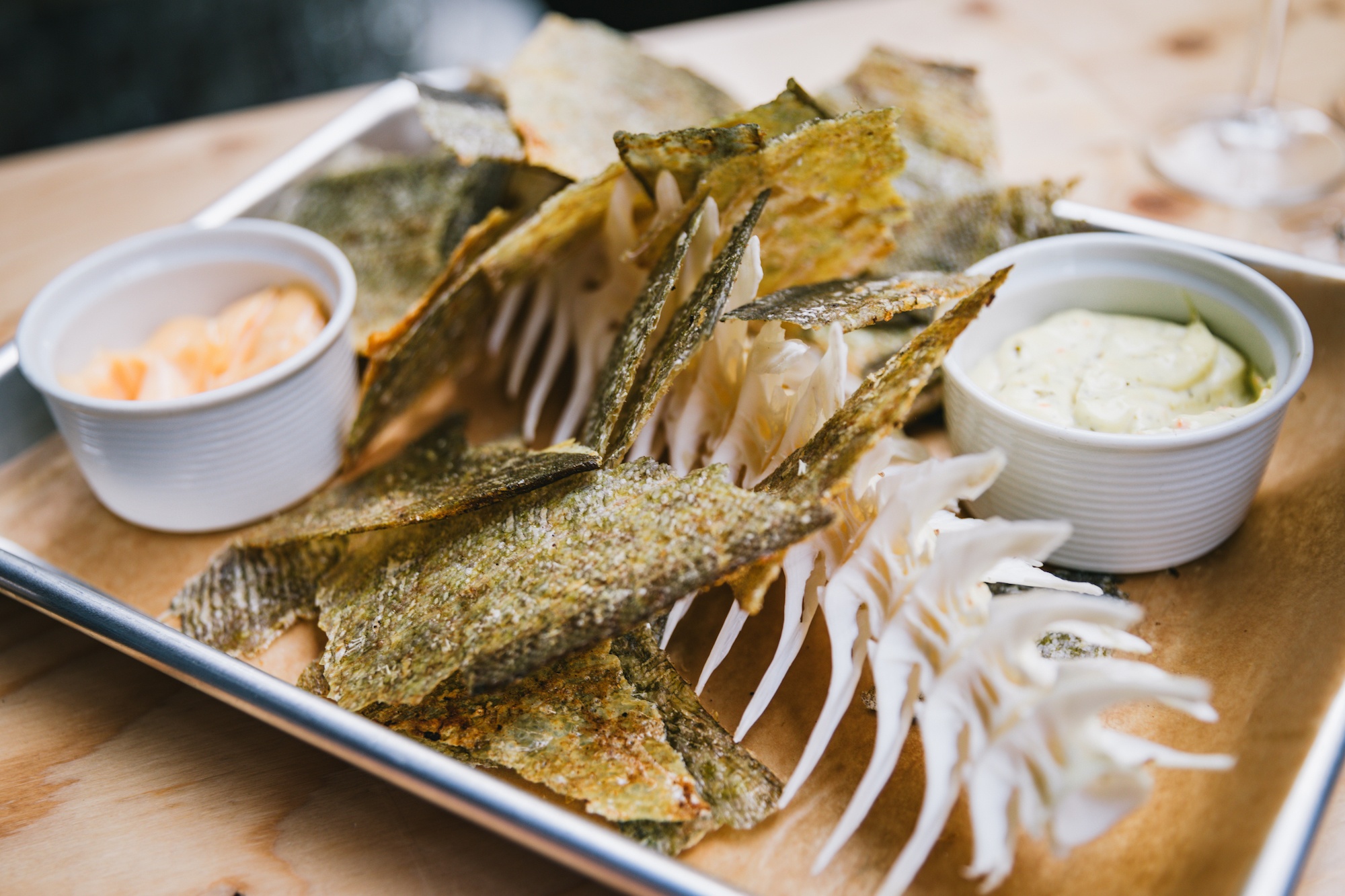
9. There are almost no trees
There are no two ways about it; the Faroe Islands are very windy. In fact, they’re one of the windiest places in Europe. It also has a ton of sheep. The high winds whip up sea salt into the air, making trees hard to grow here. Combined, there are no native forests in the Faroe Islands, though there is evidence there once were trees here before we humans came (with grazing sheep).
Nowadays, there really aren’t any trees. Some are planted around Tórshavn and other settlements, but generally, the land here is bog, moss, and grass. It lends credence to the saying that if you’re ever lost in the Arctic, just stand up.
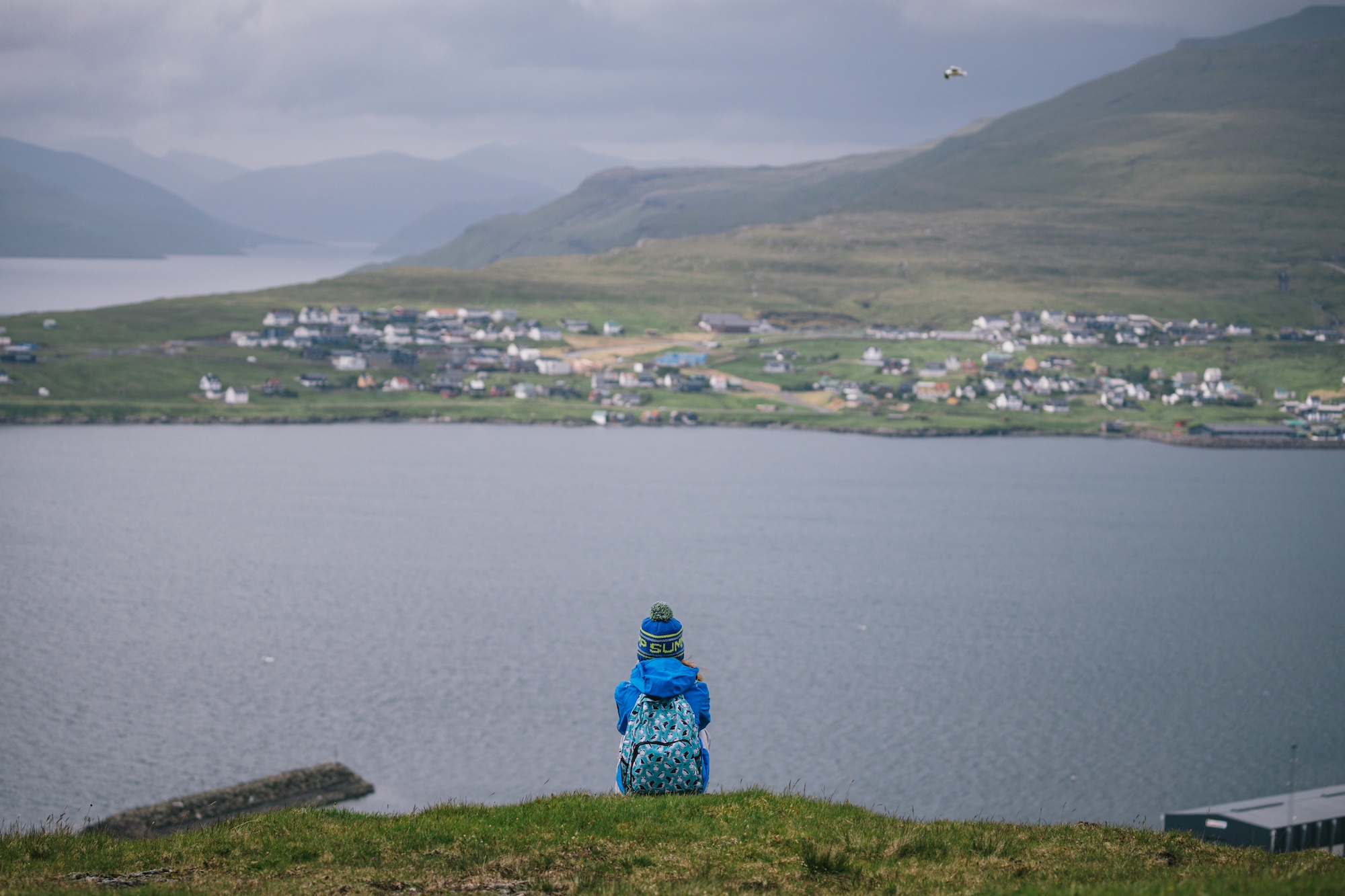
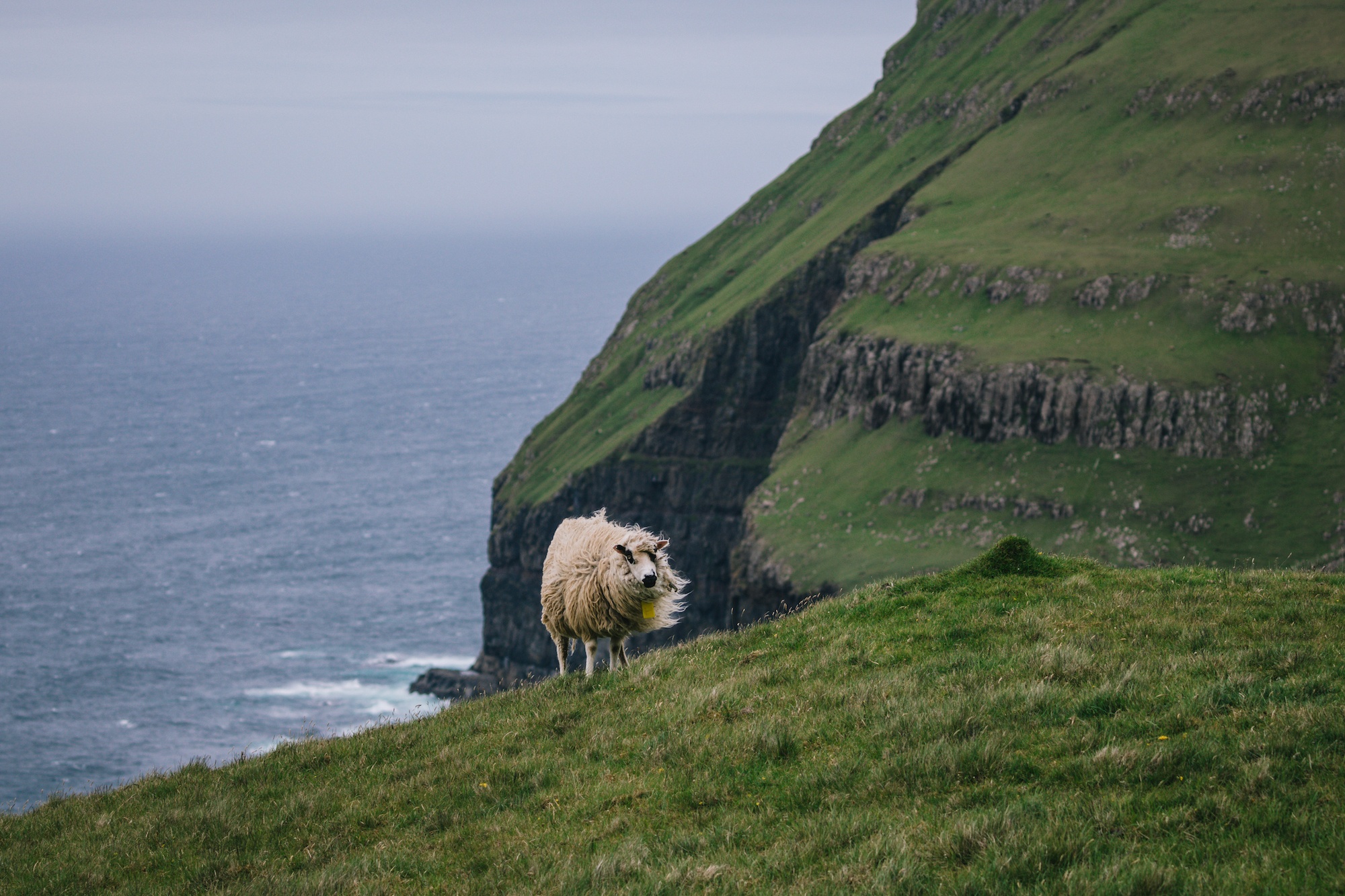
10. It’s even better than you imagine
There were so many things that I was surprised to learn while visiting the Faroe Islands. All in all, I loved the Faroe Islands and would go back in a heartbeat. It’s such a spectacular place, incredibly interesting, and unlike anywhere else in the world. The spectacular landscapes filled with treeless mountains, steep sea cliffs, impressive waterfalls, and an absolute shit ton of birds make it the ideal place to visit for those who are drawn towards wild spaces.
Incredibly fascinating, the Faroes struck me as a place that only gets more interesting with every visit. Can’t wait to go back!
Have you been to the Faroe Islands? Does anything surprise you, too? Spill.
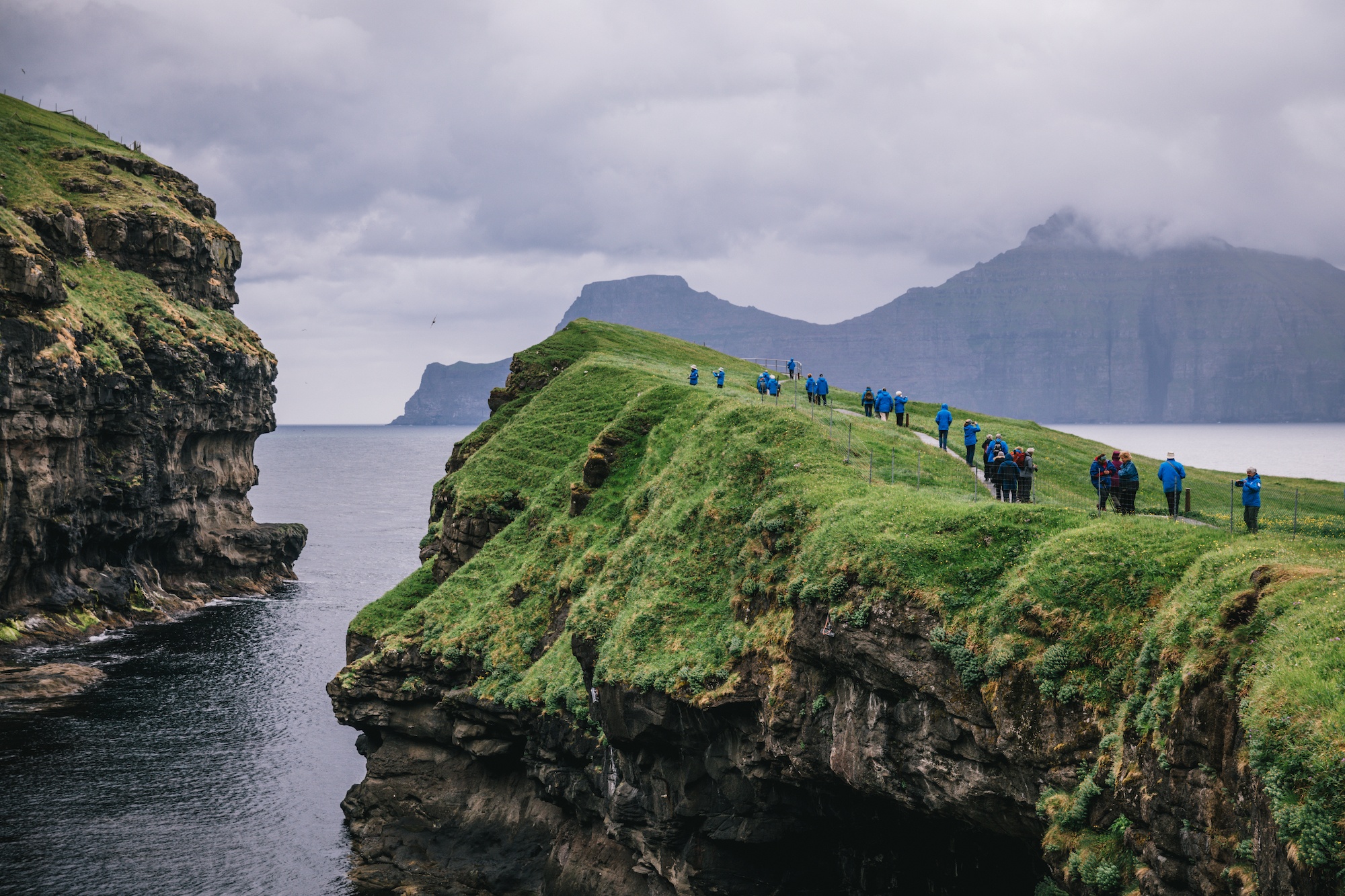
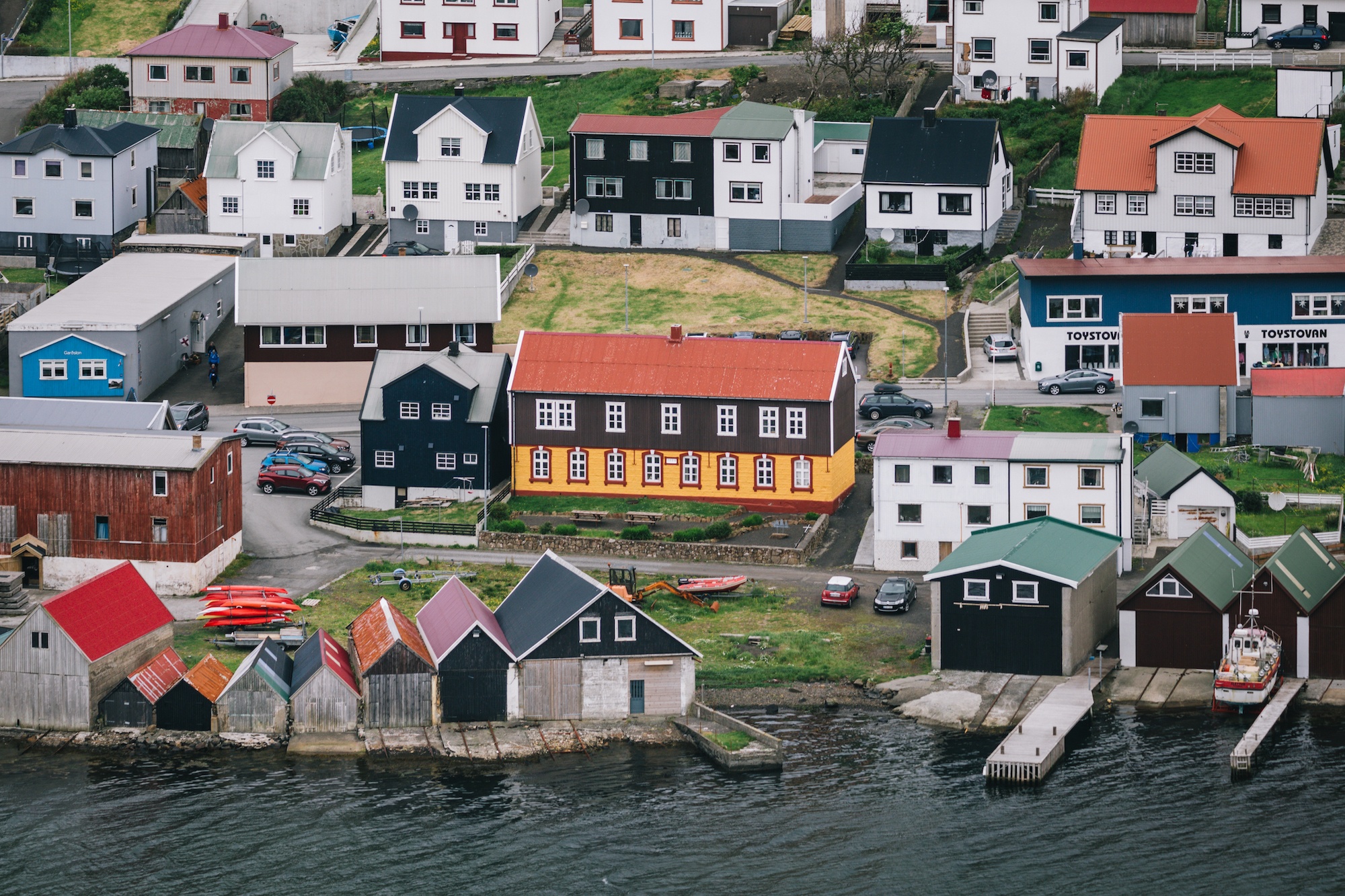
Many thanks to Adventure Canada for hosting me in Scotland – like always, I’m keeping it real – all opinions are my own, like you could expect less from me!
The post 10 things that surprised me about the Faroe Islands appeared first on Young Adventuress.



